32 ways to repair damaged hair and boost hair health, according to experts
A new hair care routine can make all the difference
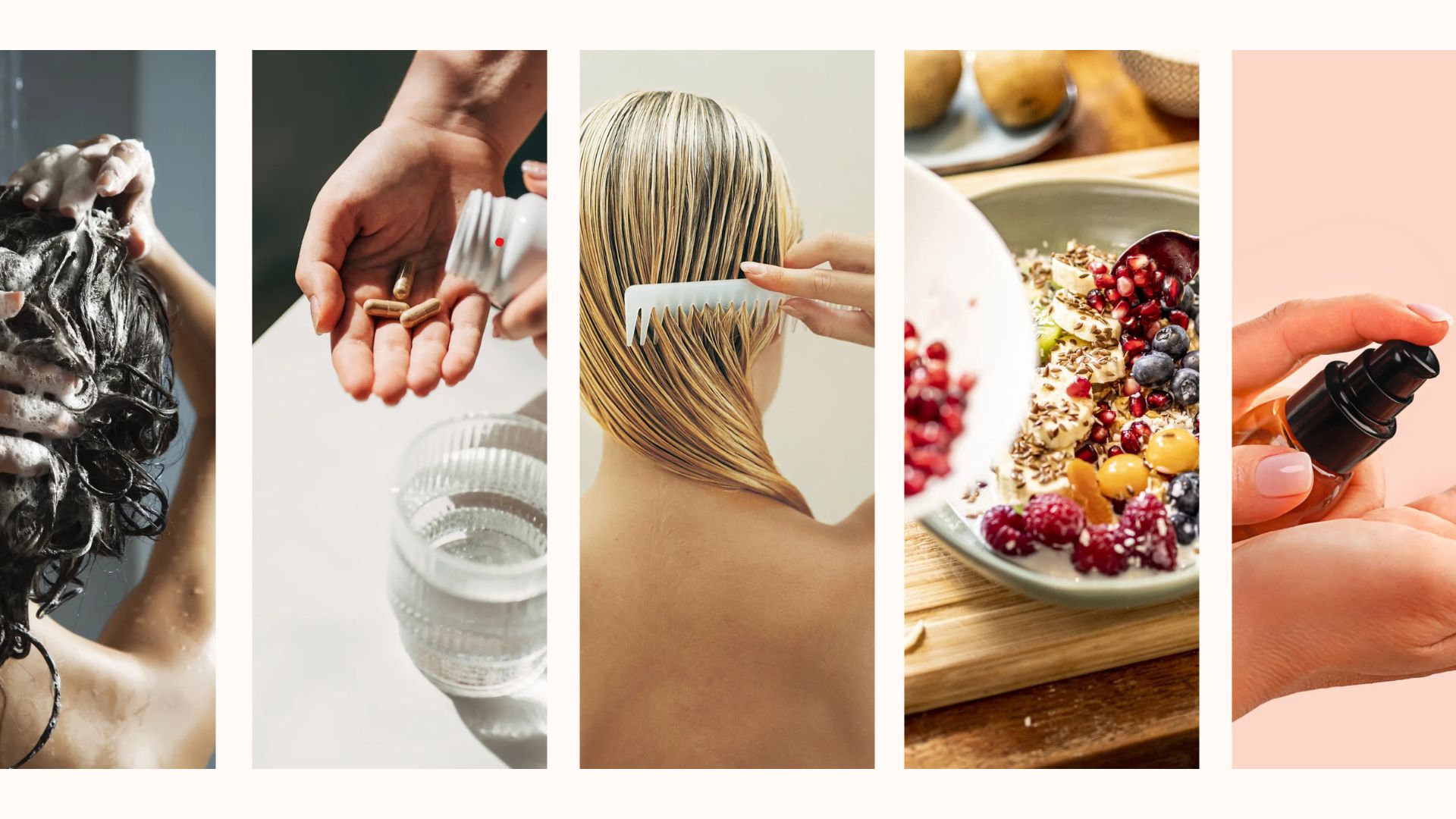

While it can be difficult to repair damaged hair once the breakage has happened, there are plenty of things you can do to smooth and nourish the hair, giving it a sleeker appearance and preventing further damage from happening.
Dry, dull, frizzy, rough hair with split ends - whatever your hair issue, it's often caused by using the wrong products, excessive heat, or bleach. The good news is that even if your hair isn't looking its best, there are plenty of ways to get healthier hair and boost hair health, from eating nutritious foods to nourishing and repairing treatments to swapping out your usual pillowcase for a hair-friendly silk alternative.
We've asked nutrition and hair experts for 32 ways to repair damaged hair and boost hair health in the long run. This is our ultimate guide to healthier hair.
32 ways to repair damaged hair and boost hair health
1. Get nutrition right
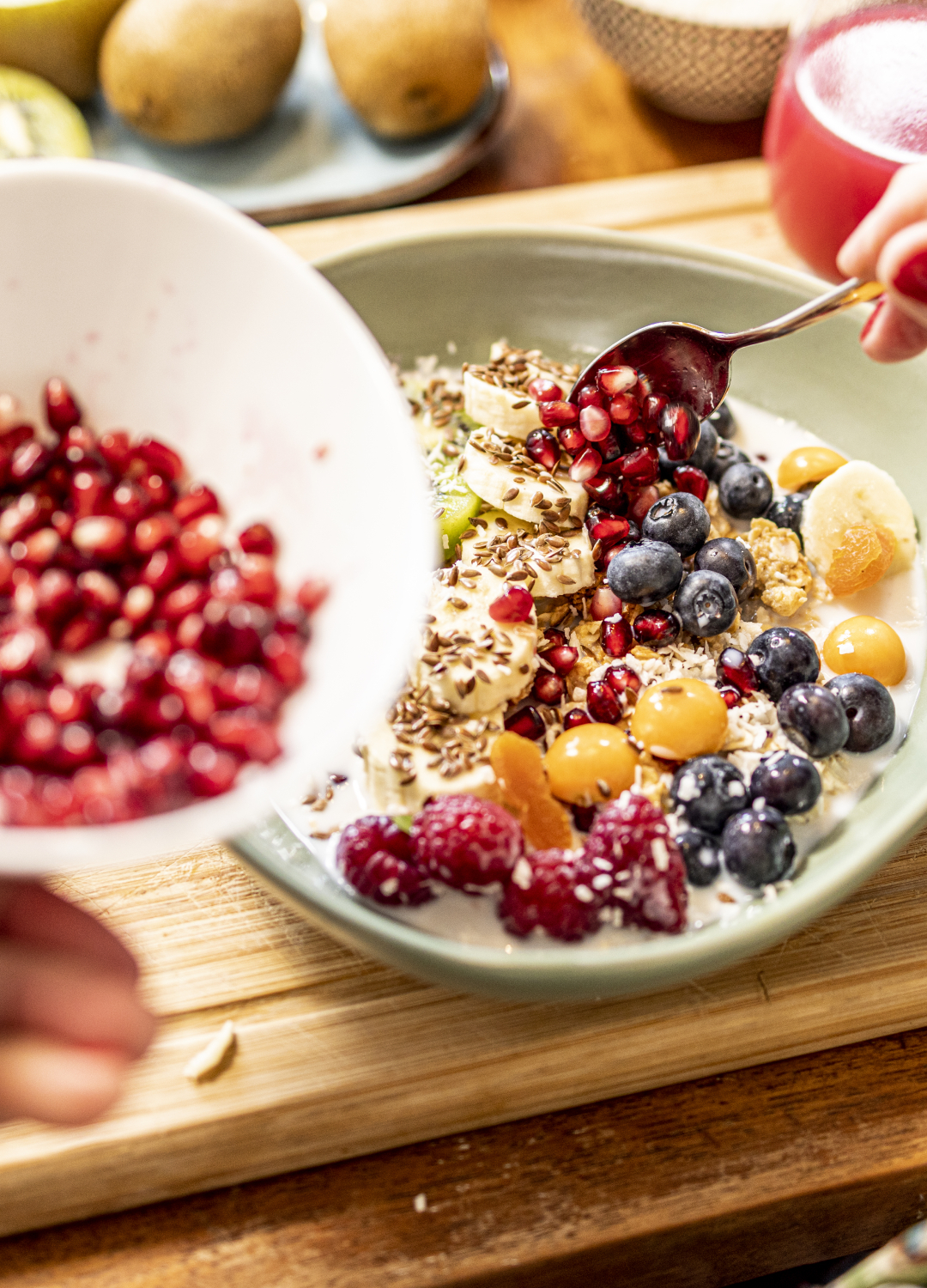
The first step to healthier hair is a change in diet. "In my experience as a trichologist, it’s no secret that healthy hair starts with good nutrition," trichologist Natalia Souza tells us. "Often, we only fully appreciate this when treating hair loss, rather than seeing it as a preventative tool.
"My approach to treating hair loss is multifaceted—nutrition plays a significant role. We can use targeted nutrition not only to treat hair loss but also to support the best possible outcomes."
2. Up heat protection

You should always be protecting your hair from heat damage caused by blow-drying and heated tools, but damaged hair in particular needs extra protection to prevent further breakage. Build a mist of heat protection spray into your hair care routine and consider using a nourishing serum with built-in heat protection for an added boost.
3. Try supplements
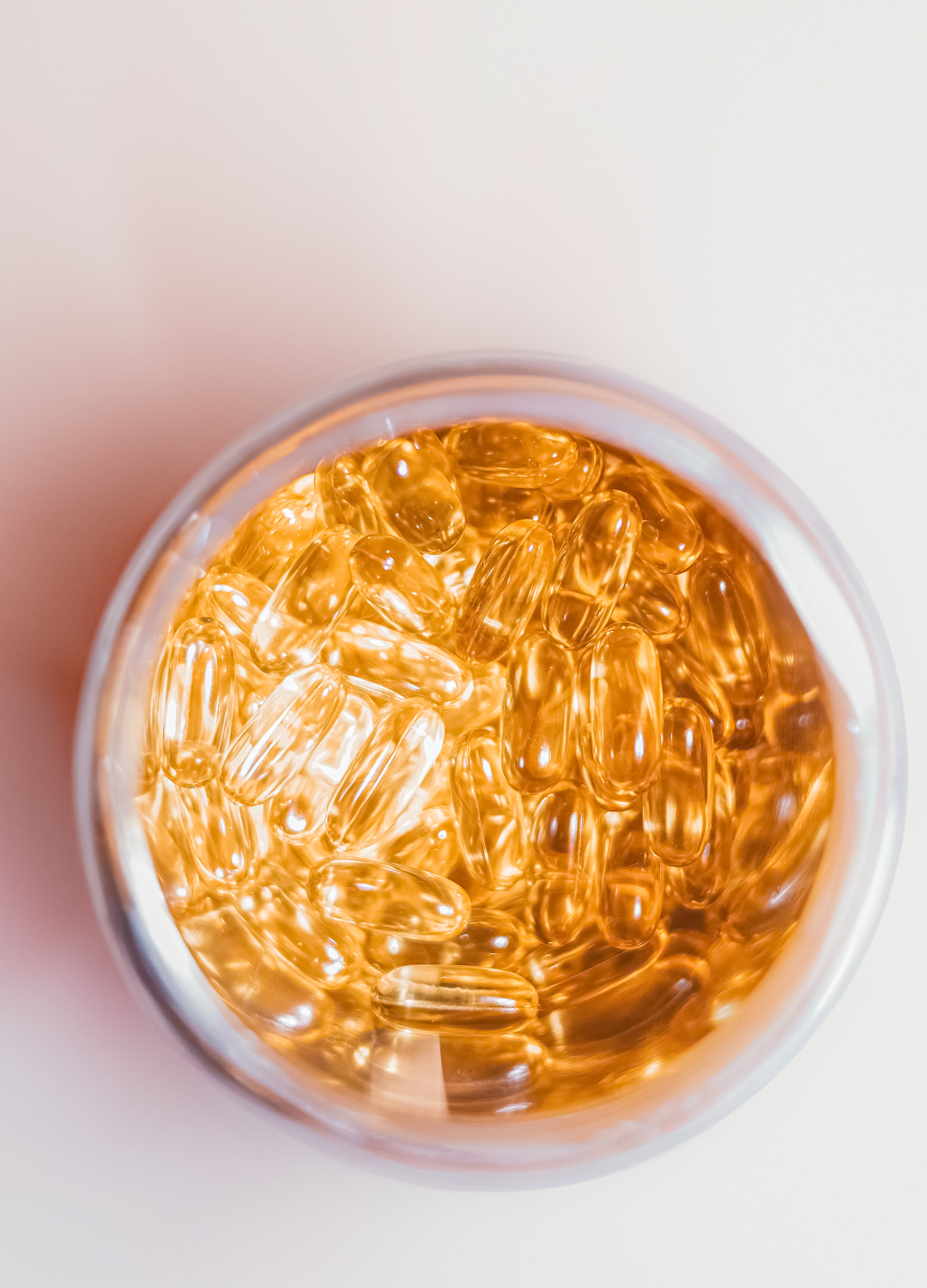
Supplements can help hair rebuild. "I’ll recommend supplements and foods rich in vitamin B12, vitamin D, selenium, omega-3, vitamin E, and zinc," trichologist Natalia Souza explains. "All of which support a healthy scalp and stronger strands." Build supplements into your bedtime routine, along with a hydrating cup of herbal tea.
Sign up for the woman&home newsletter
Sign up to our free daily email for the latest royal and entertainment news, interesting opinion, expert advice on styling and beauty trends, and no-nonsense guides to the health and wellness questions you want answered.
4. Use a clarifying treatment weekly
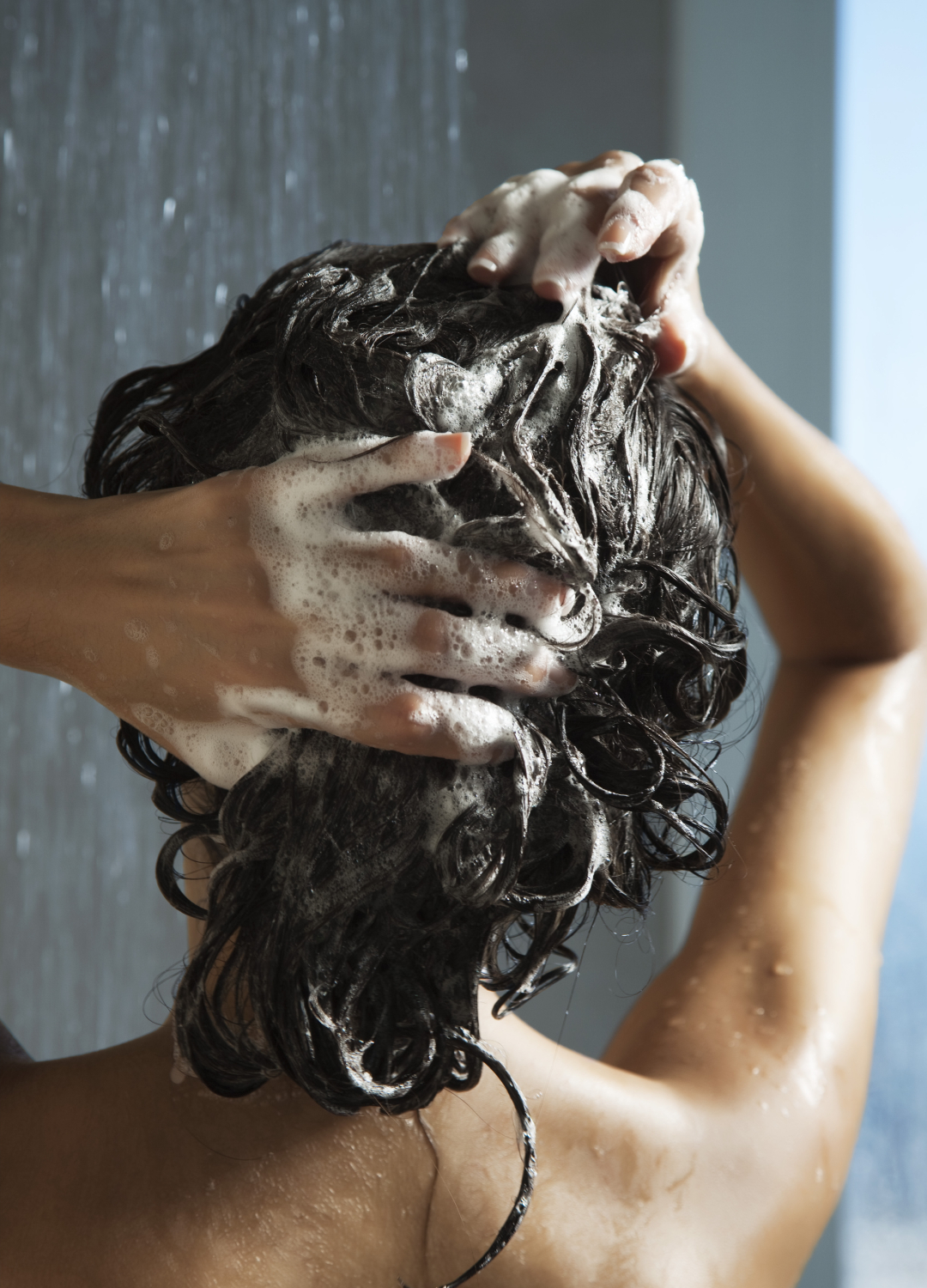
Karlee Zhang, water quality expert and co-founder of shower purifier company Hello Klean, told us, "Hard water can leave residue on the scalp and strands over time, contributing to damage. A clarifying treatment [where the formula has more powerful detox properties] helps to remove mineral buildup."
She then added, "Be mindful to choose one that’s gentle enough to avoid stripping moisture, as hair in hard water areas often needs more hydration."
5. Reduce fatty foods

If your scalp is flakey, sensitive, or irritated, it could be time to switch up your food choices, trichologist Natalia Souza explains. "In cases where patients have scalp conditions like seborrheic dermatitis or eczema, we use zinc and selenium to regulate sebaceous gland activity and maintain a healthy scalp environment.
She continued, "Nutritional choices also become a tool for avoiding triggers, like reducing intake of fatty foods (e.g., cheese, chocolate), which can worsen inflammation."
6. Nourish hair after every wash
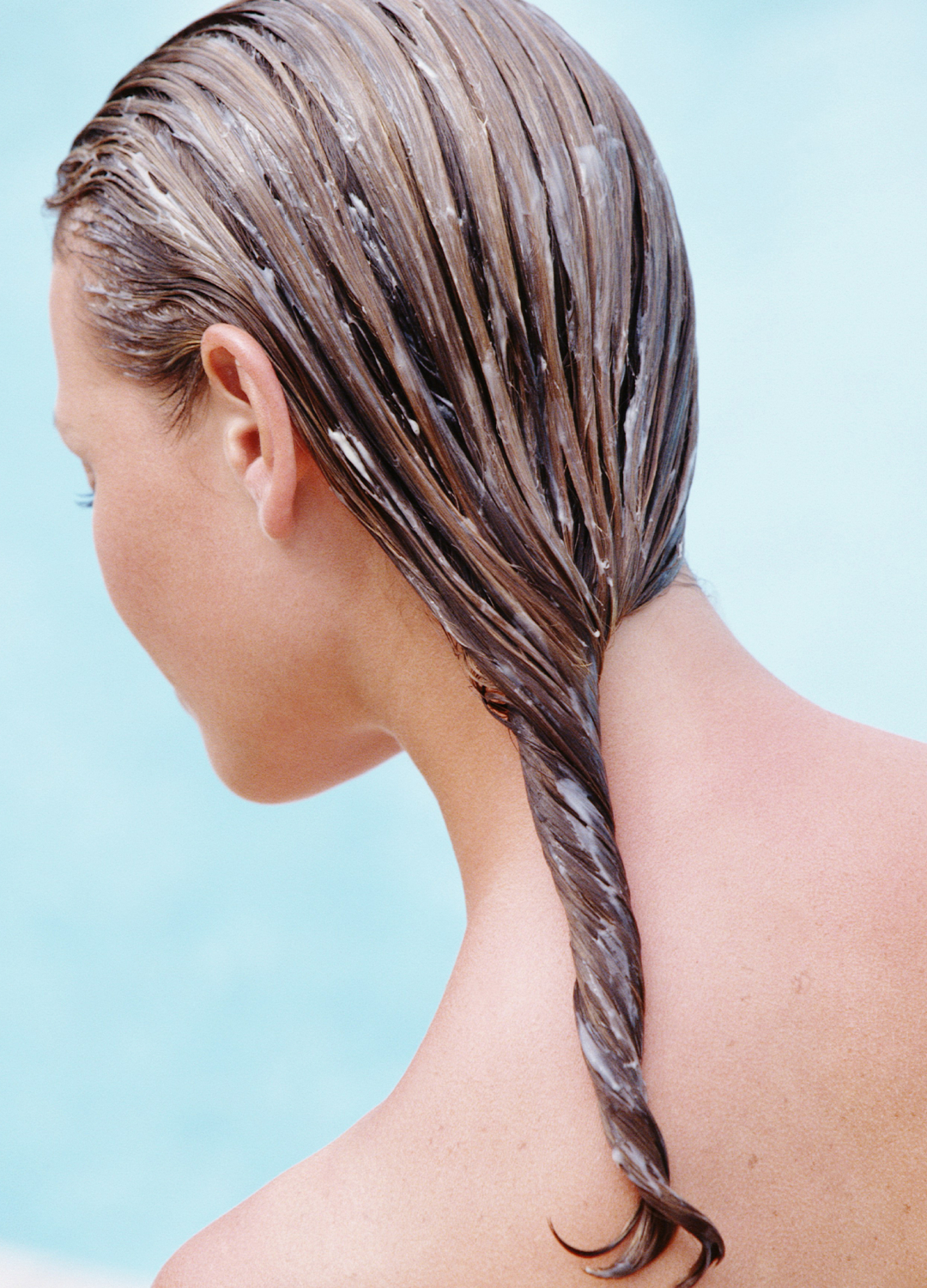
Dryness from hard water can cause your hair to be more prone to breakage. Focus on nourishing your hair with a conditioner or leave-in treatment to lock in moisture after each wash. This is especially important when combating hard water, which can make your hair feel parched.
7. Try more Vitamin D
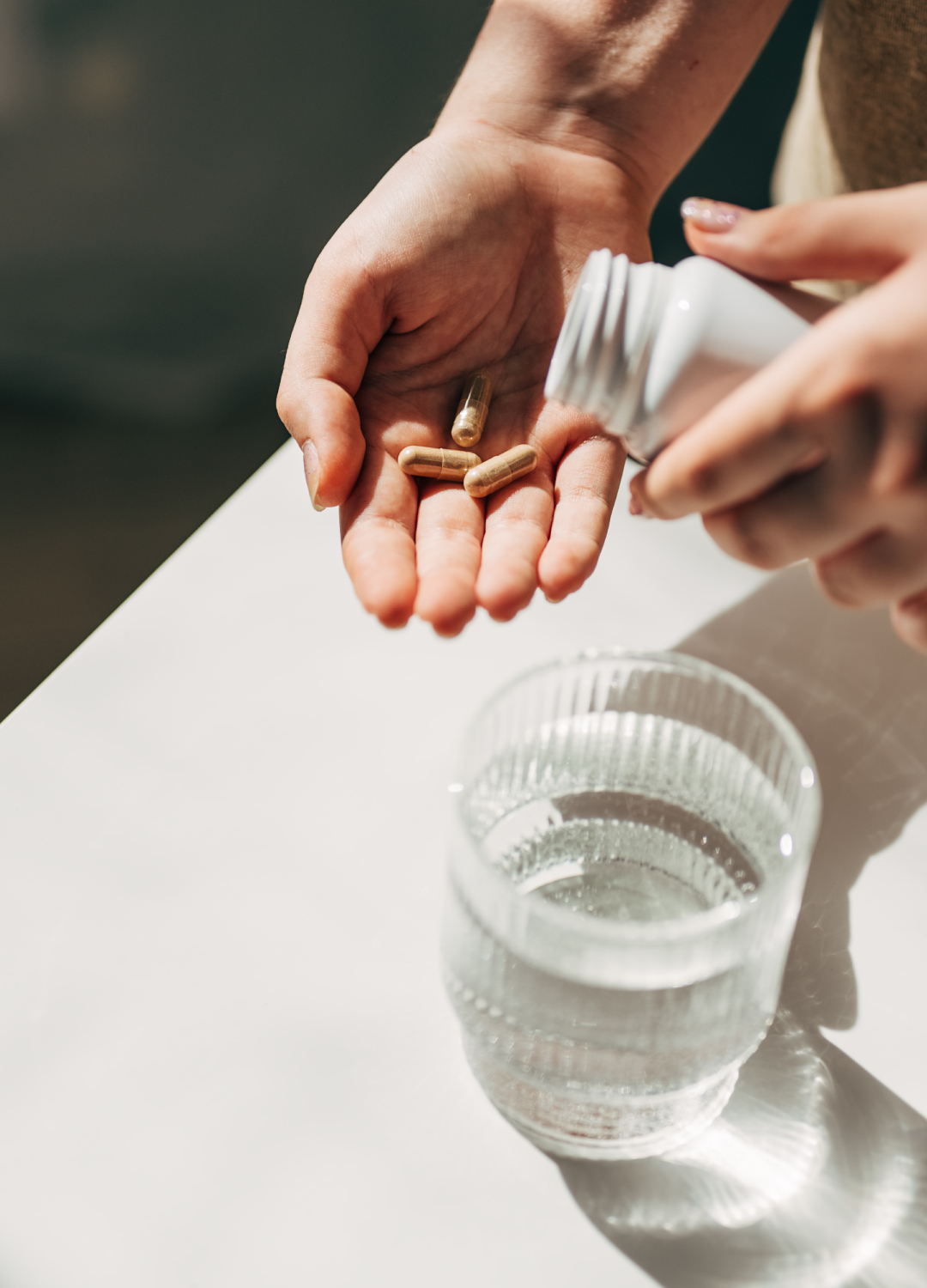
Upping your itvamin D intake can significantly affect your overall health - and hair in particular. "Vitamin D is critical for creating new hair follicles and influences the hair growth cycle. A deficiency can lead to hair thinning or pattern hair loss, making it important to maintain adequate levels through diet, supplements, or sun exposure," trichologist Natalia Souza explains.
8. Rinse with cool water
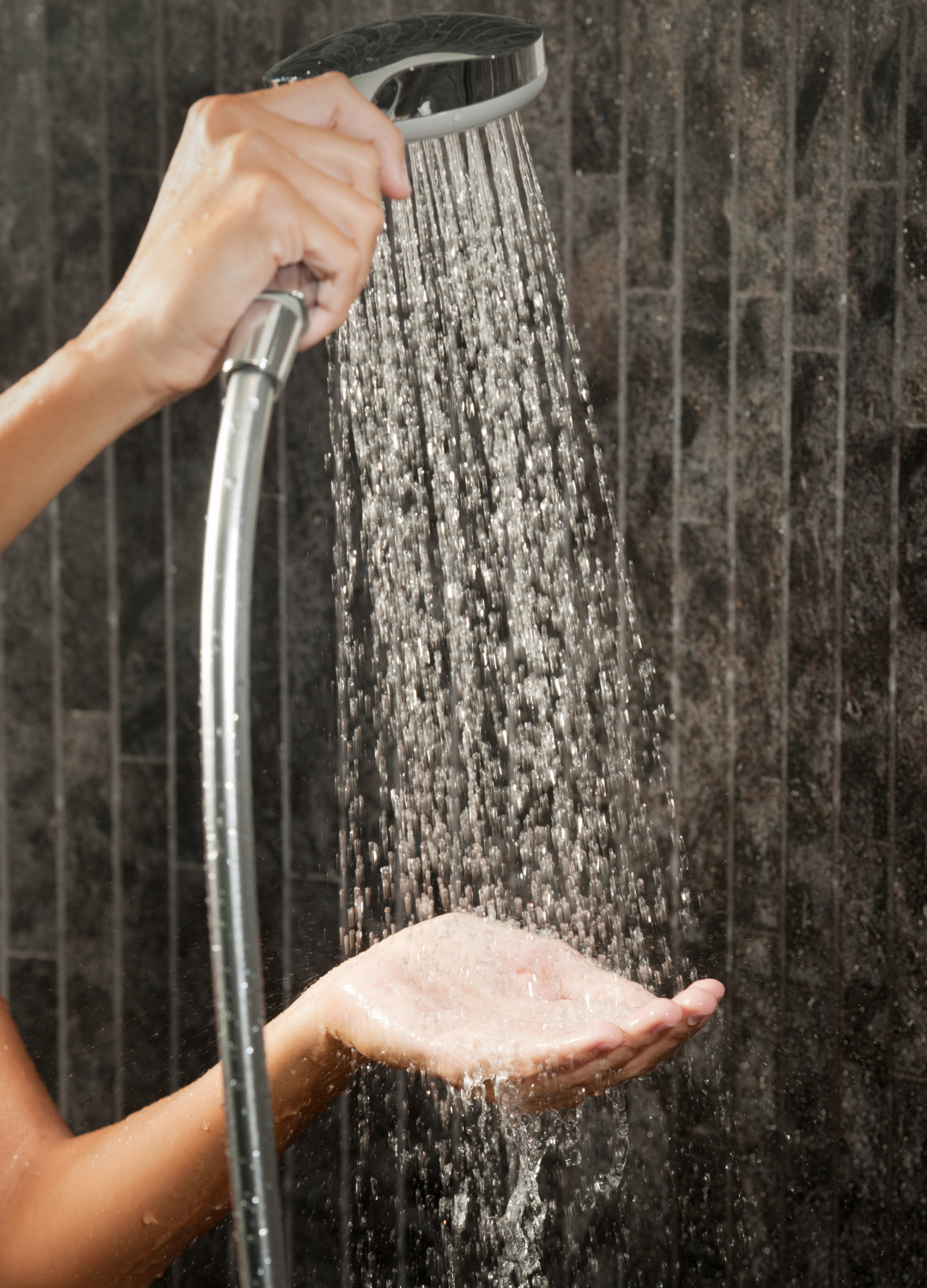
"Rinsing your hair with cooler water helps seal the hair cuticle, locking in moisture and protecting your strands from damage caused by hard water," water quality expert Karlee Zhang told us. "This simple change can prevent your hair from becoming frizzier than it already is, especially when combined with filtered water. These tips help maintain healthier, stronger hair by tackling one of the root causes: water quality."
9. Up magnesium
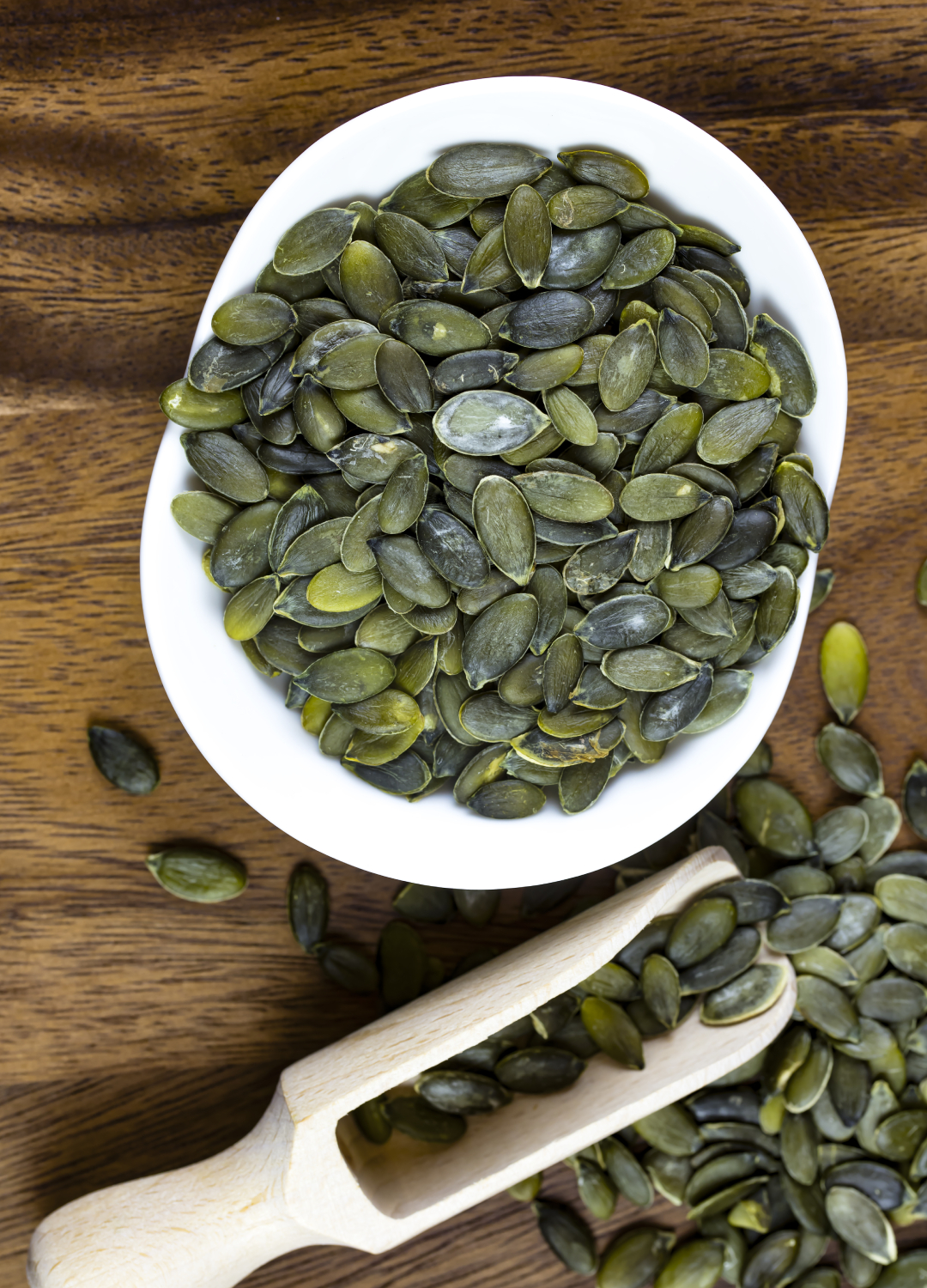
It's widely known that many people don't get as much magnesium in their diet as they need. "Magnesium is vital for protein synthesis and proper blood circulation to the scalp," trichologist Natalia Souza explains. "It ensures that hair follicles receive the nutrients they need for growth and overall health." Magnesium can be found in leafy greens, seeds like pumpkin and sunflower seeds, grains and nuts or taken as a supplement.
10. Considered a specialist treatment
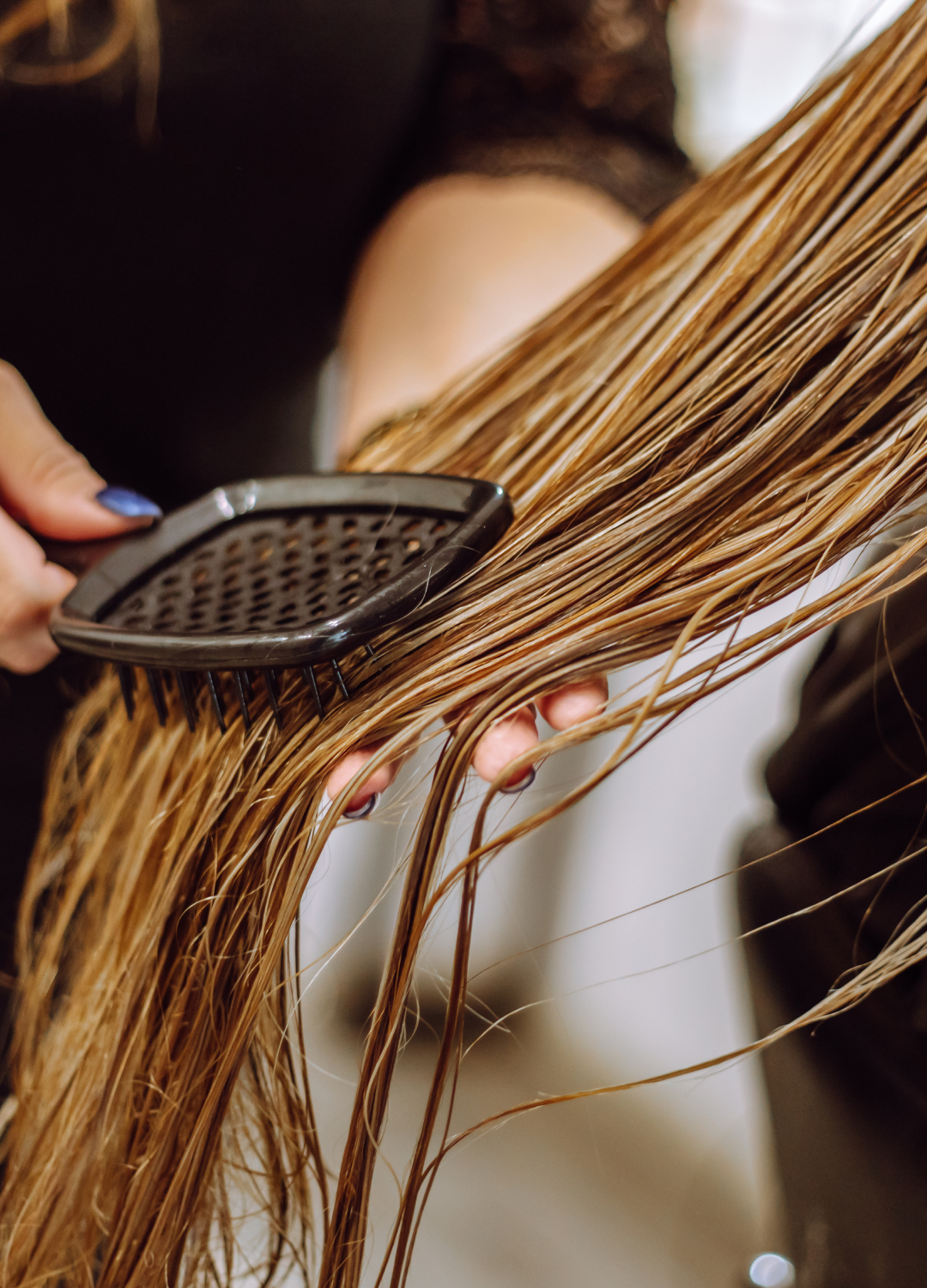
Once the nutritional foundation is set, I turn to treatments designed to restore hair and stimulate follicles. One of my top choices is E50 exosomes, which act as potent cellular communicators to support hair restoration," trichologist Natalia Souza explains. "E-50 exosome therapy for hair loss is a specialised treatment utilising exosomes derived from mesenchymal stem cells, particularly noted for their high concentration of growth factors and regenerative molecules.
"The process involves extracting these exosomes and injecting them into the scalp at the site of hair thinning or loss. The E-50 exosomes aim to rejuvenate hair follicles, enhance hair growth and improve scalp health. Multiple treatment sessions may be necessary to achieve optimal results, with effects often visible after a few months."
11. Work a weekly hair mask into your routine

Make one night of the week a nightly ritual where you fully condition your hair with a nourishing mask. Look for hydrating ingredients like coconut and shea butter and really work the mask into the ends to ensure full coverage. If you can, sleeping in a hair mask will give hair an added hydration boost.
12. Consider a purifying shower head
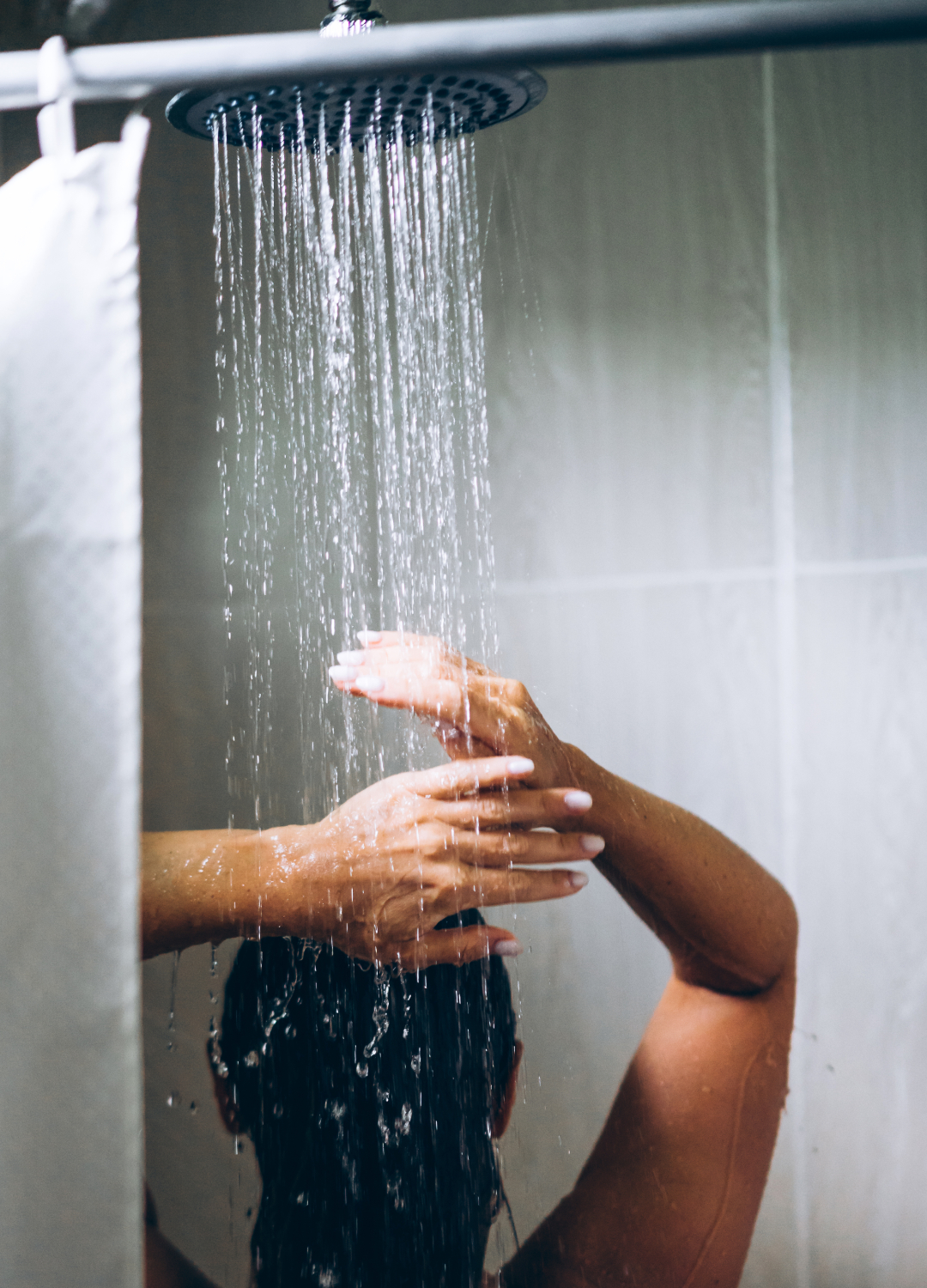
"Chlorine and heavy metals from water can strip your hair of its natural oils, causing further damage," water quality expert Karlee Zhang explains. "A purifying shower head not only filters these harmful substances but also helps balance the water flow for a more gentle yet powerful rinse."
13. Invest in a soft bristle brush or comb
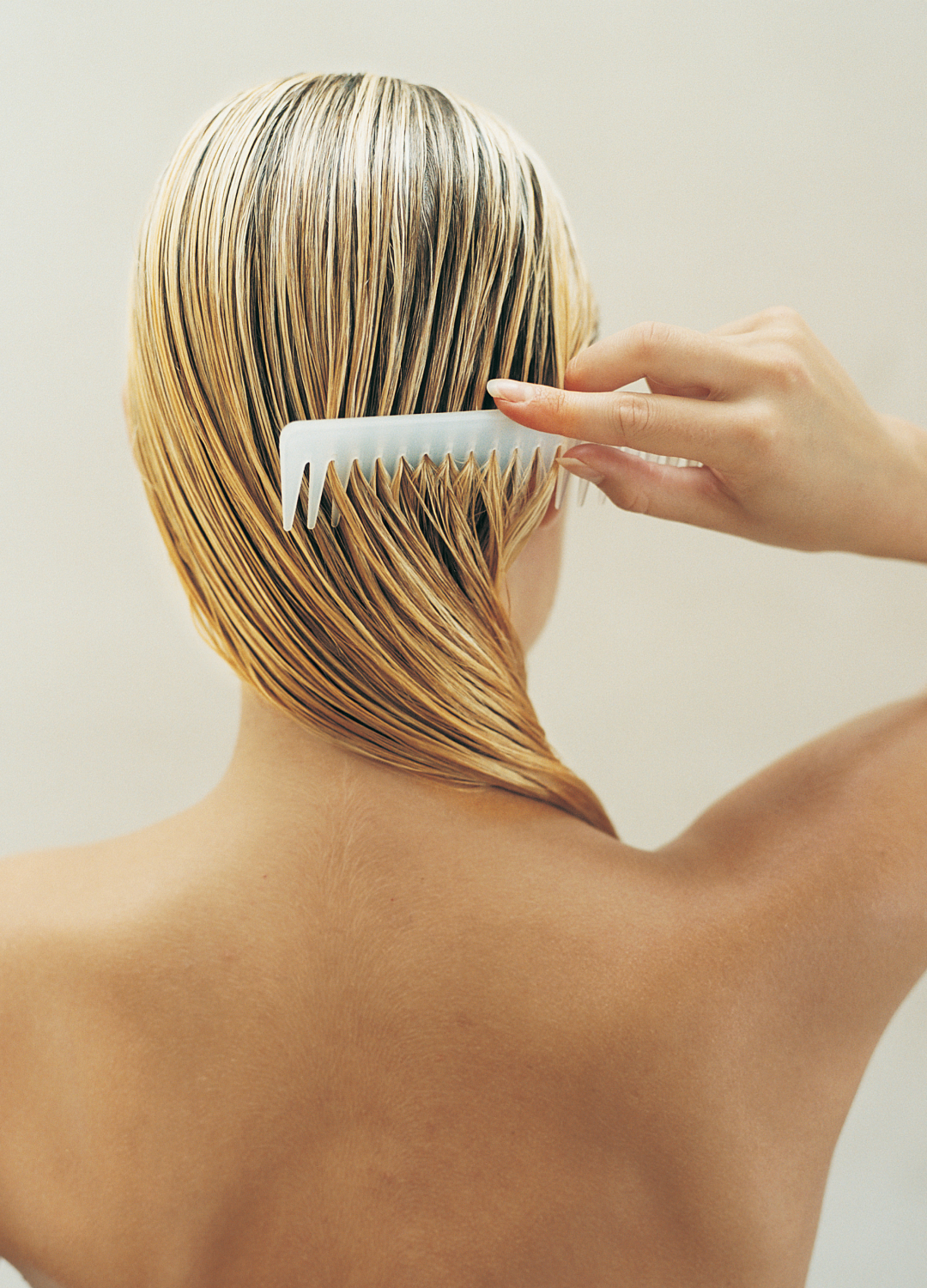
Overbrushing the hair can lead to more damage, particularly if your brush isn't as kind to hair as a soft, natural bristle brush. A wide-tooth comb will also help to prevent more breakage. Always be gentle with knots and tangles to avoid snapping the hair. A Tangle Teezer is another option for a brush that will minimise damage.
14. Use the right products
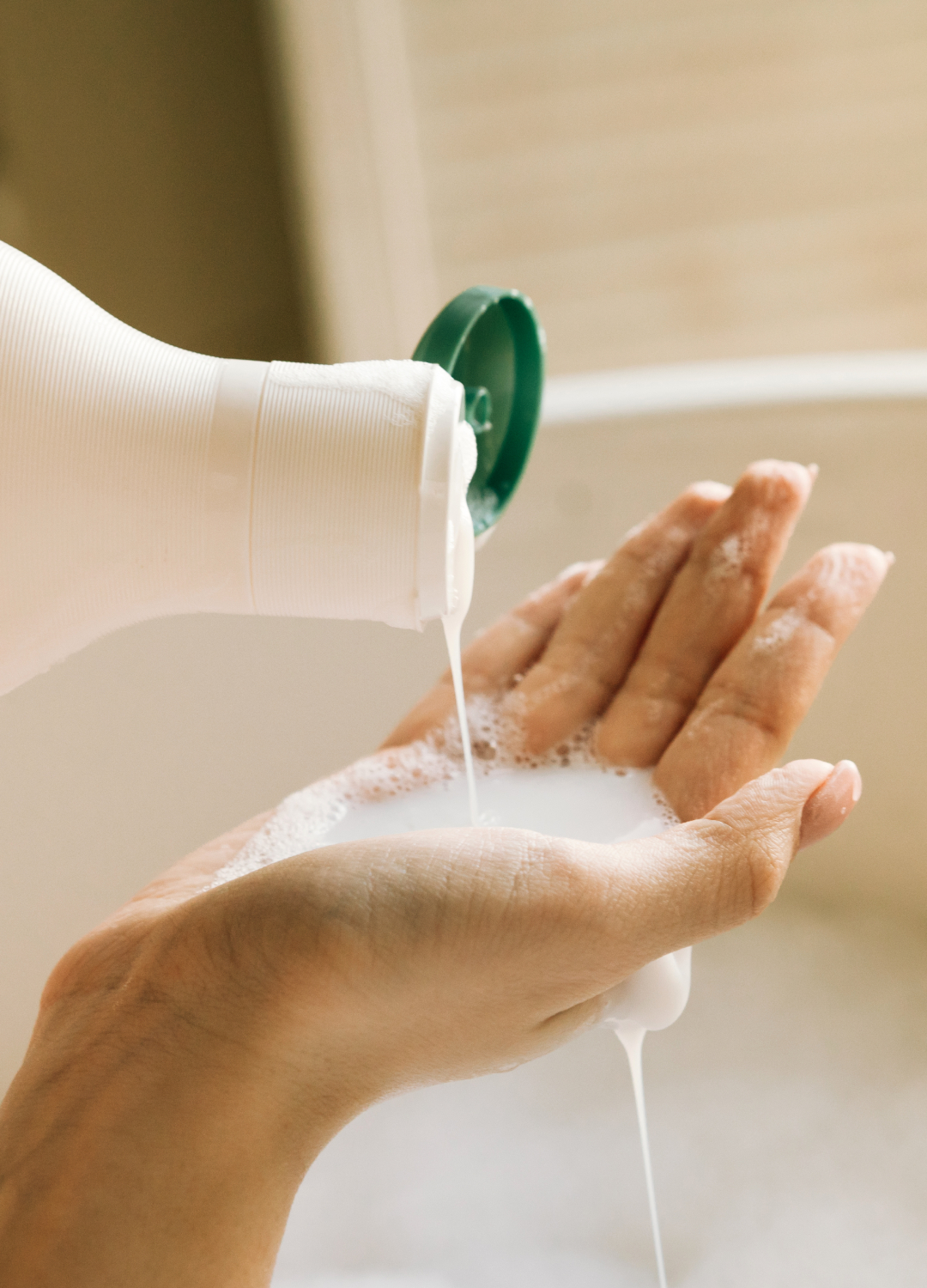
There are so many shampoos on the market that are suitable for every different hair type. Switch to a shampoo and conditioner that are formulated for dry and damaged hair to help lock in moisture. It's always worth doing some research and reading reviews before splashing out on new hair products.
15. Limit heat use
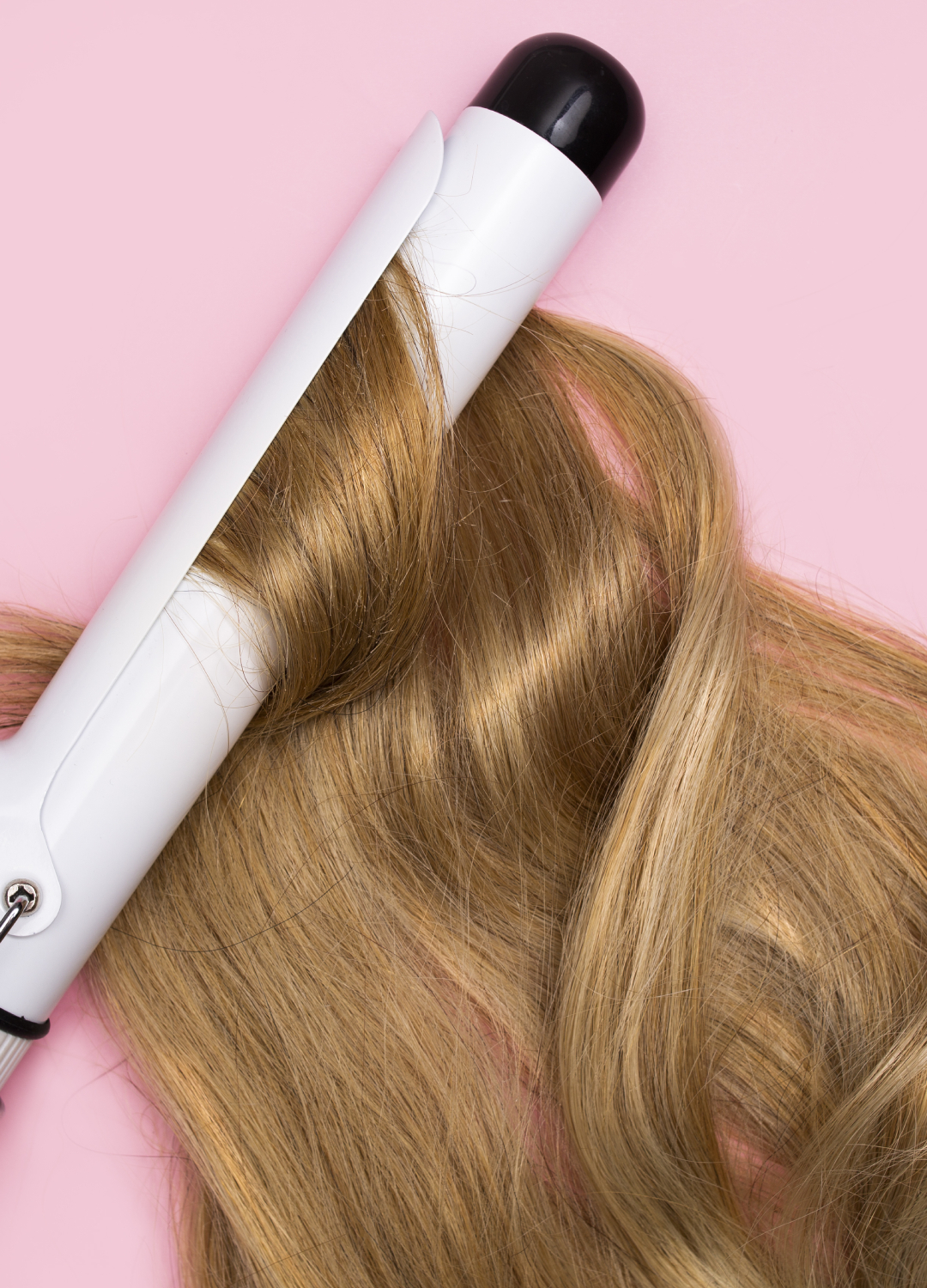
If you're guilty of using heat on your hair every day, that could be rapidly damaging your hair, particularly if it's already weak and brittle. Instead, try to limit blowdrying and styling to once a week and find new ways to style the hair up, or refresh a blow dry with dry shampoo to lengthen the periods between washing and using heat products.
16. Experiment with heatless curlers
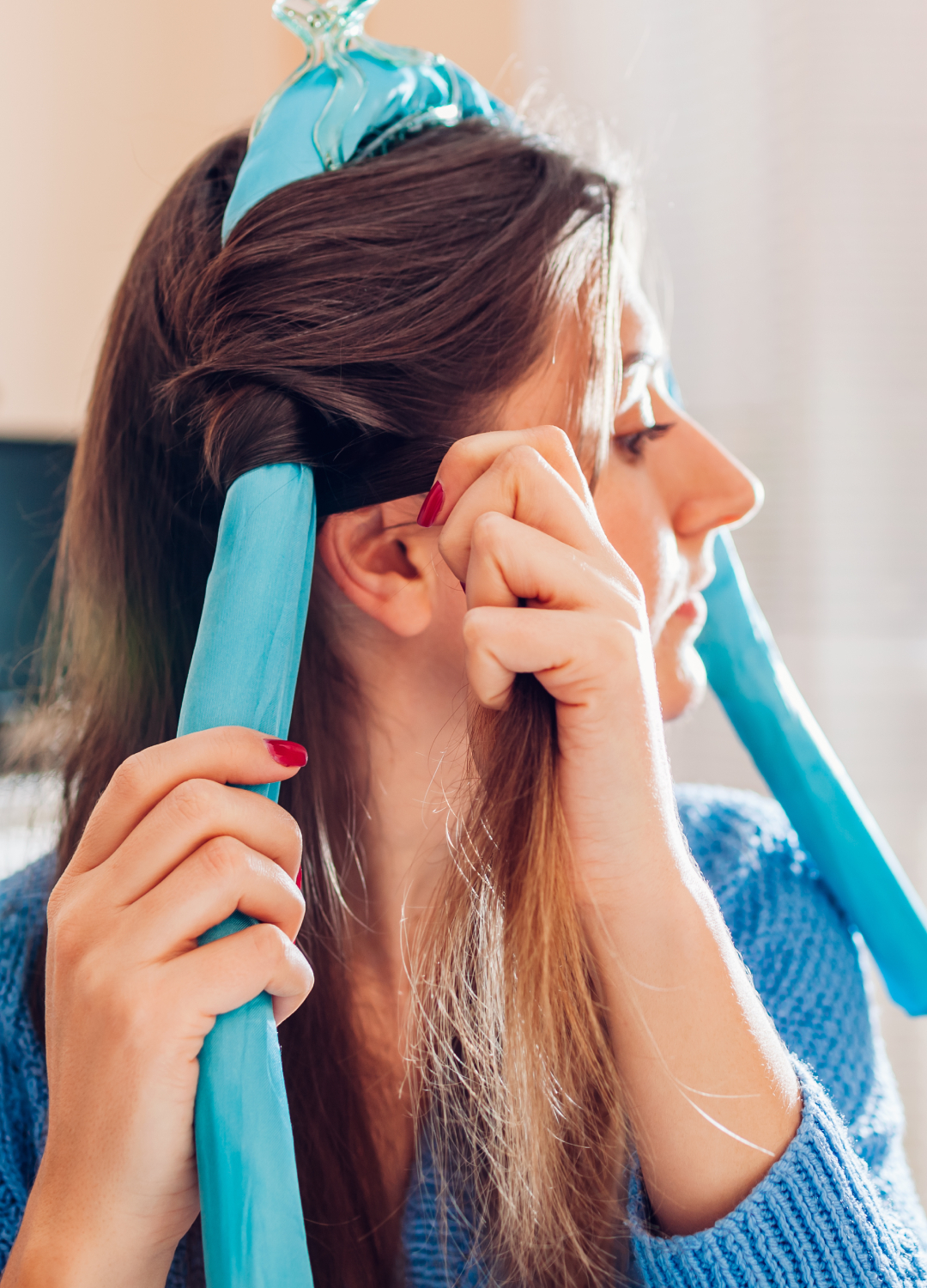
If you do want to wash your hair more often, heatless curlers are a way to create some movement without the risk of damaging the hair. Many devices now consist of a soft and bendy curling rod you can sleep in with damp hair to reveal bouncy waves in the morning. You might even like the look so much you give up heated tools all together!
17. Use soft scrunchies

While putting hair up in a bid to limit weekly styling sessions is a good thing, tight ponytails aren't good for breakage. Using a softer scrunchie - particularly a silk or satin one - will be kinder to the hair and limit potential damage when the hair accessory is being taken out - plus they're very on-trend.
18. Get regular trims
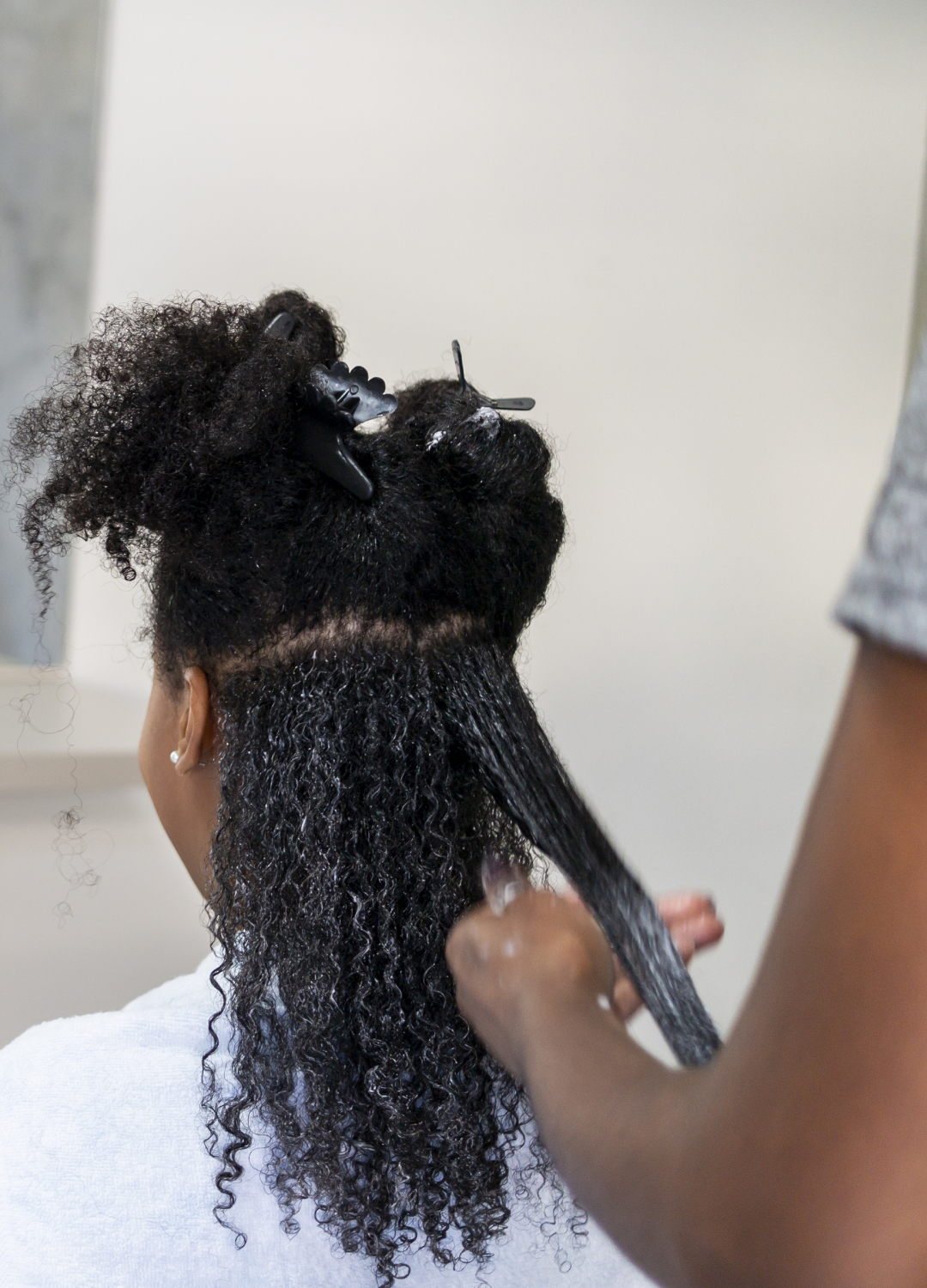
Unfortunately, once hair is damaged, it's very difficult to repair fully, so the best thing to do is establish a hair-friendly diet and a damaged haircare routine and keep going for regular trims to dust off split ends and encourage growth. While regular haircuts don't strictly make your hair grow faster, they will improve the overall condition and help to give the appearance of thicker hair.
18. Be gentle with wet hair
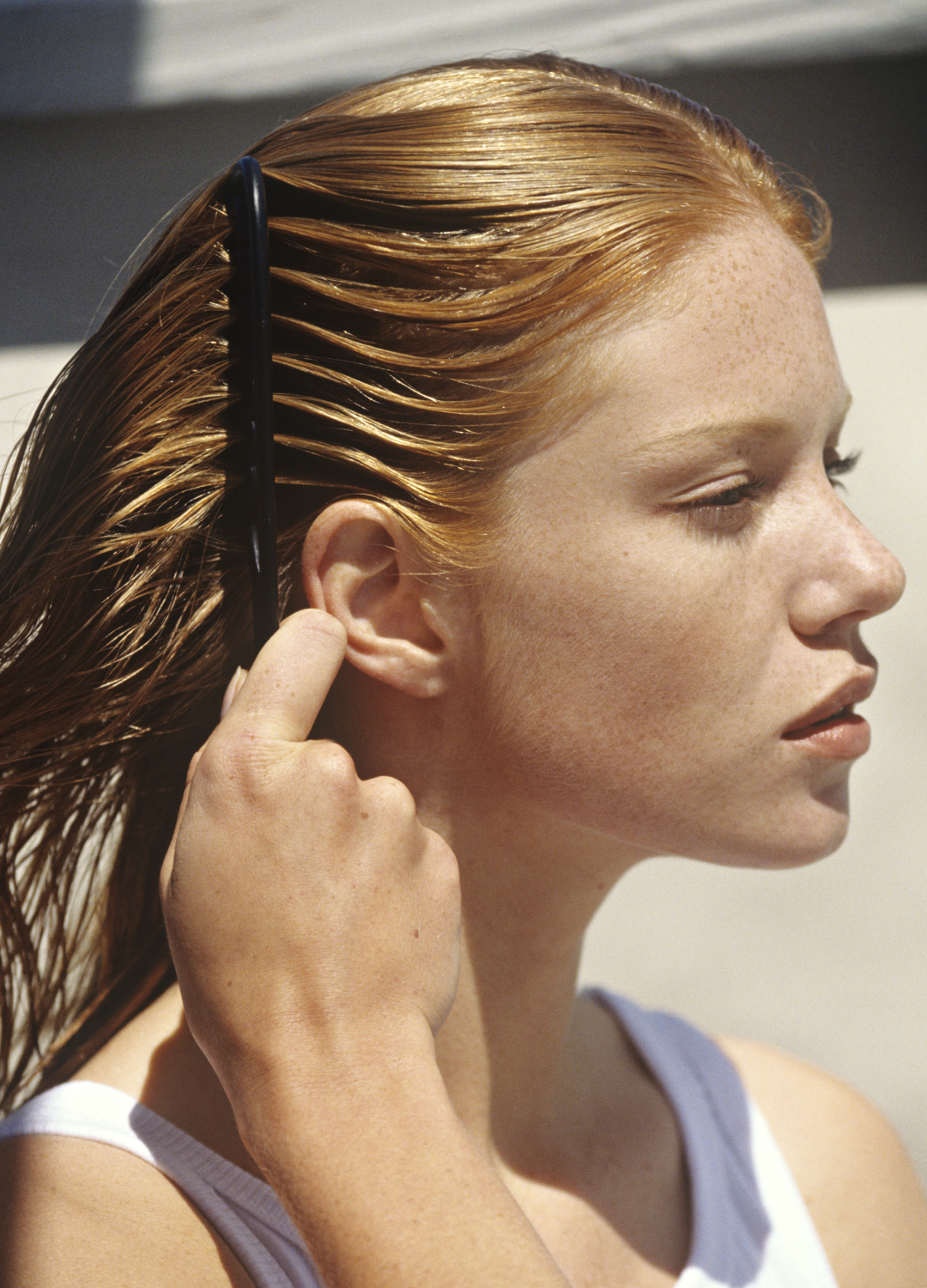
Wet hair is much more fragile than dry hair, so it's important to treat it with care. Always use a brush or comb specifically designed for wet hair and smooth through (or spritz in) a nourishing and hydrating leave-in conditioner to ensure it's easy to comb through and there's less friction.
19. Get your hair dyed less often
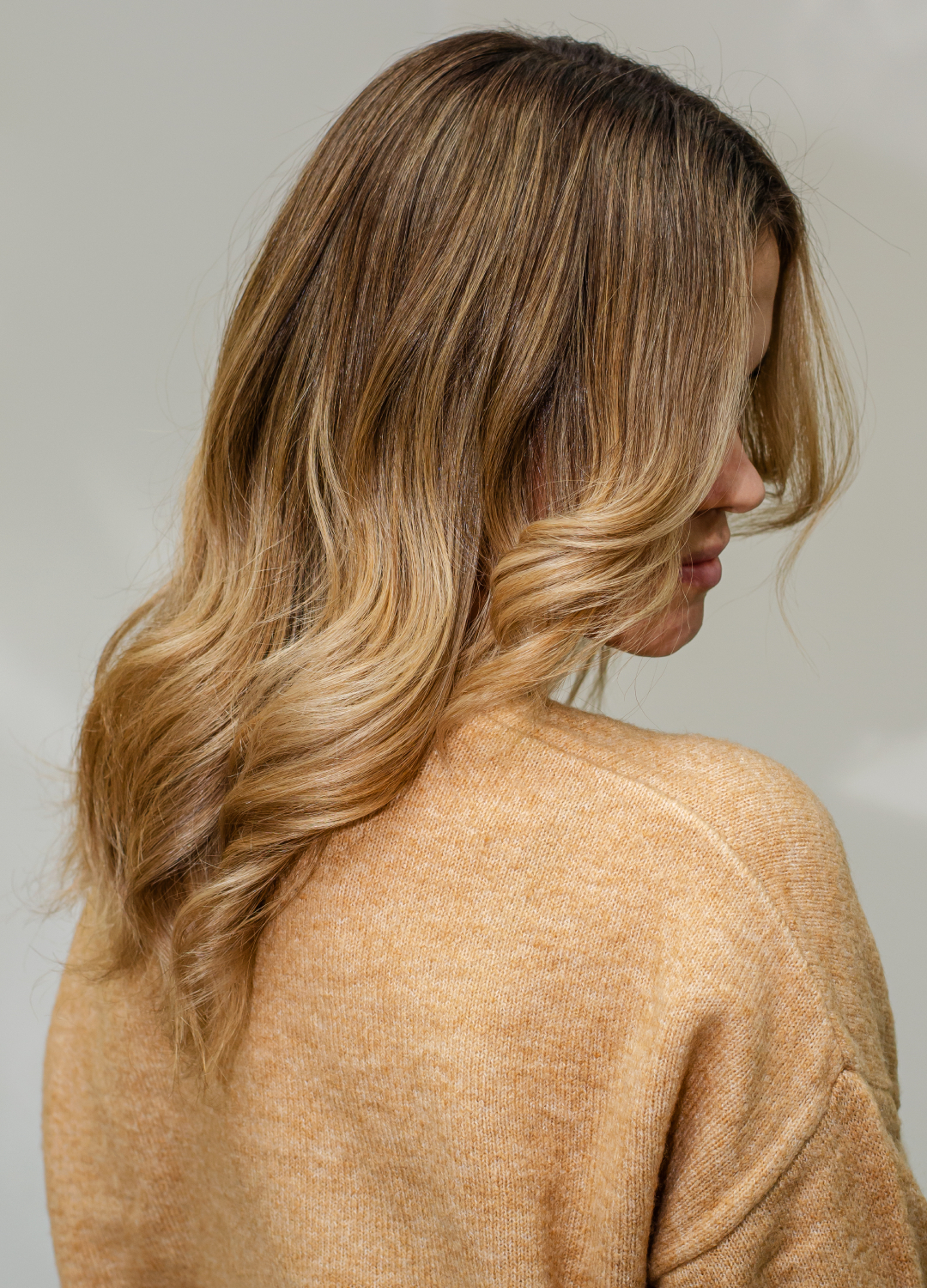
If you're regularly using bleach on your hair, it's very difficult for it to maintain as healthy a condition as it would be if you stuck to a natural colour. If you want to keep up with highlighted hair, consider a style like balayage where the look will still work with regrowth so salon visits can be less frequent.
20. Consider your scalp health

Healthy hair starts with a healthy scalp, as trichologist Natalia Souza explains. She says, "Hair is so important to most of us, and very often, we take it for granted until we start losing it. Scalp health is crucial because it serves as the foundation for hair growth and overall hair quality.
"As a trichologist, I emphasise that a healthy scalp ensures an optimal environment for hair follicles, preventing issues like dandruff, seborrheic dermatitis, and scalp psoriasis that can hinder hair growth and cause hair loss."
21. Use a hair oil before washing
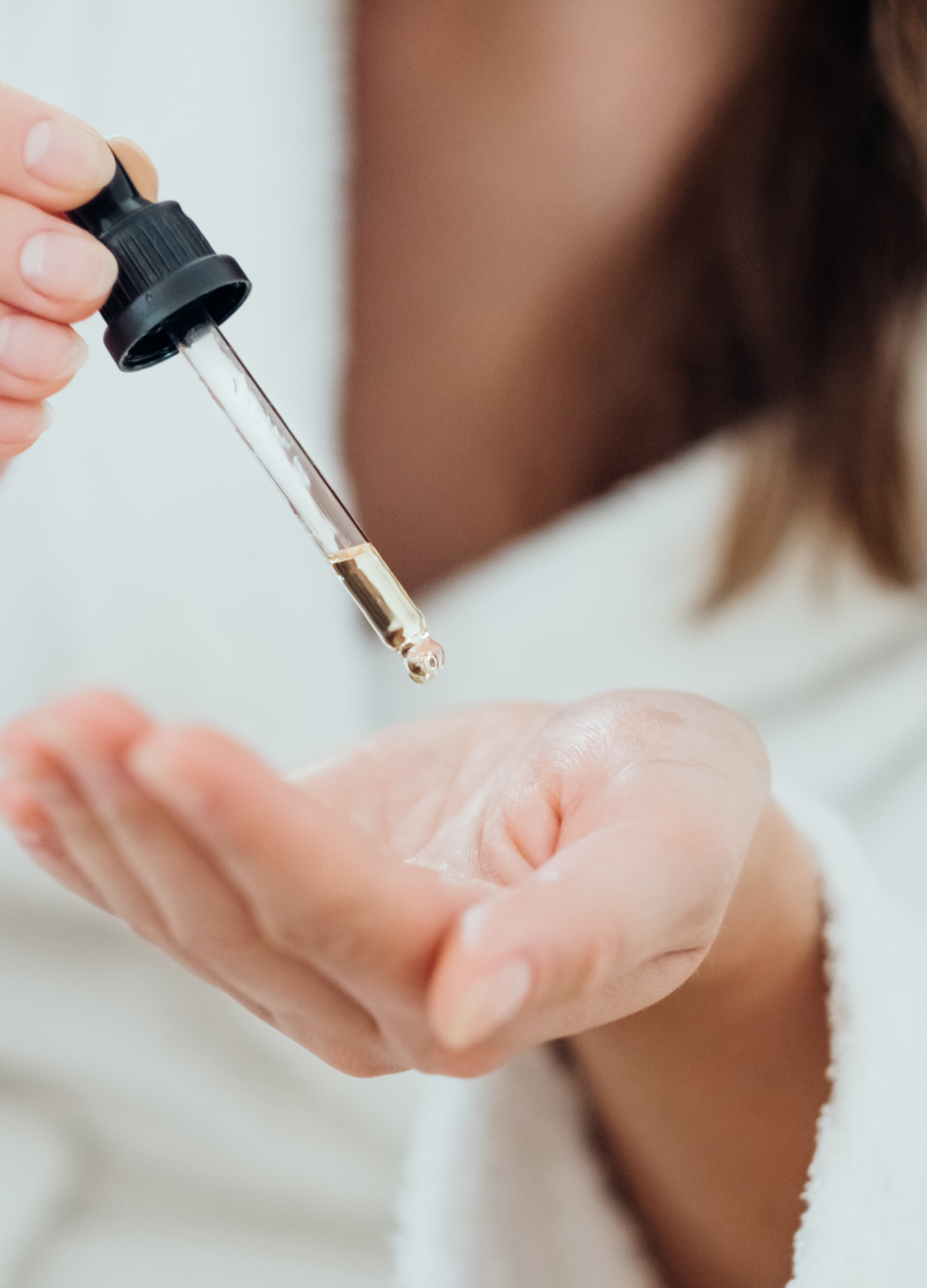
Using an oil on the ends of the hair before washing will help the hair retain softness and moisture. There are plenty of hair oils on the market, but olive oil is an inexpensive option that's known to have nourishing properties for the hair. Castor oil is also a popular choice that's available in health stores.
22. Opt for PH-balanced products for a healthier scalp
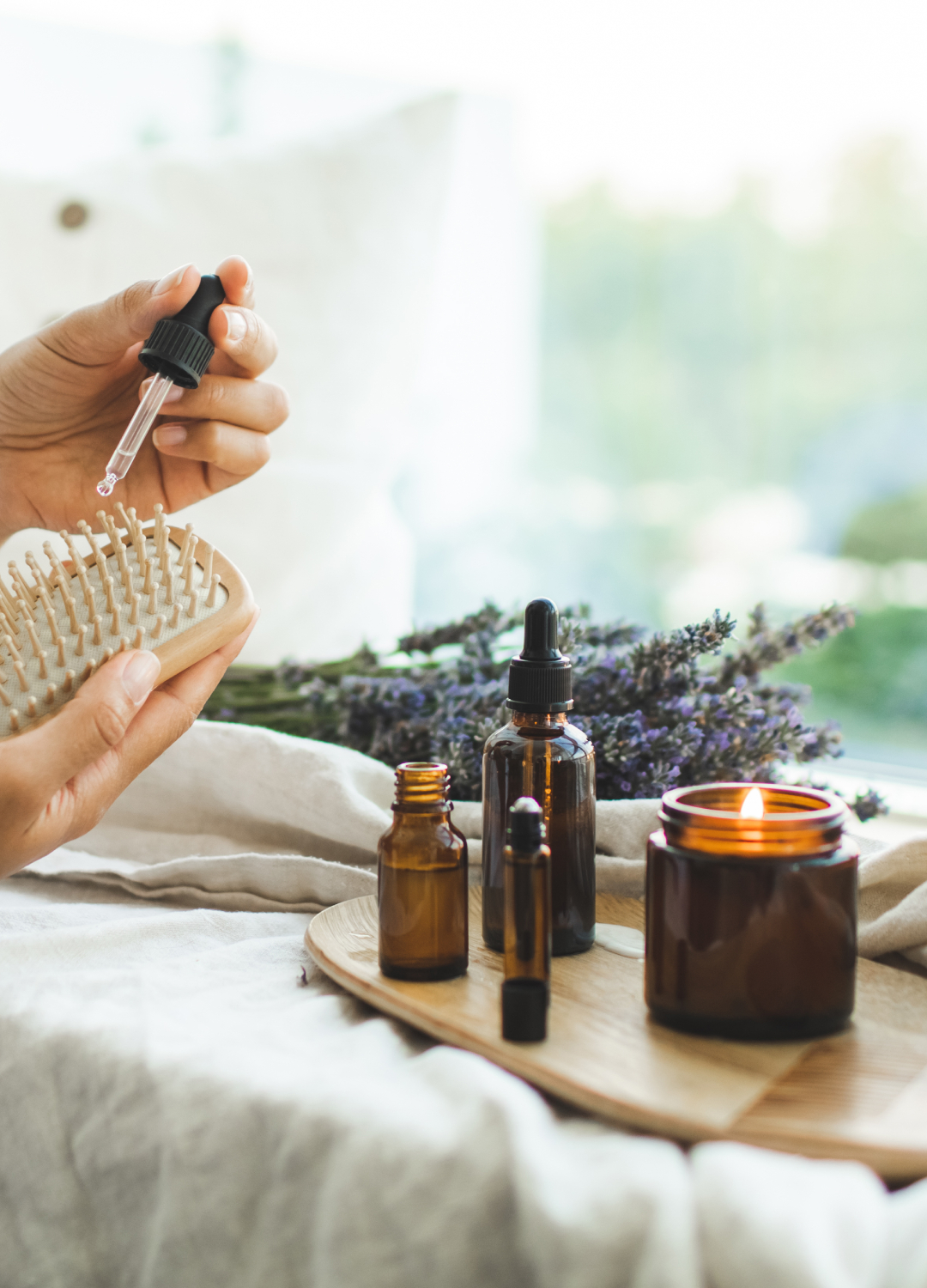
The key to a healthy scalp is to prevent any inflammation or irritation. "Maintaining a balanced scalp microbiome, supported by gentle cleansing and pH-balanced products, prevents conditions like dandruff and seborrheic dermatitis," trichologist Natalia Souza explains.
23. Protect your hair from the sun

Damaged hair is particularly susceptible to UV damage, so wearing a wide-brimmed hat or protective hair wrap in sunny climates is important. You can also spritz a UV mist over the hair to protect it from sun damage. Many leave-in conditioning sprays are also formulated with added sun protection, meaning you're ticking two boxes simultaneously.
24. Be wary of chlorine
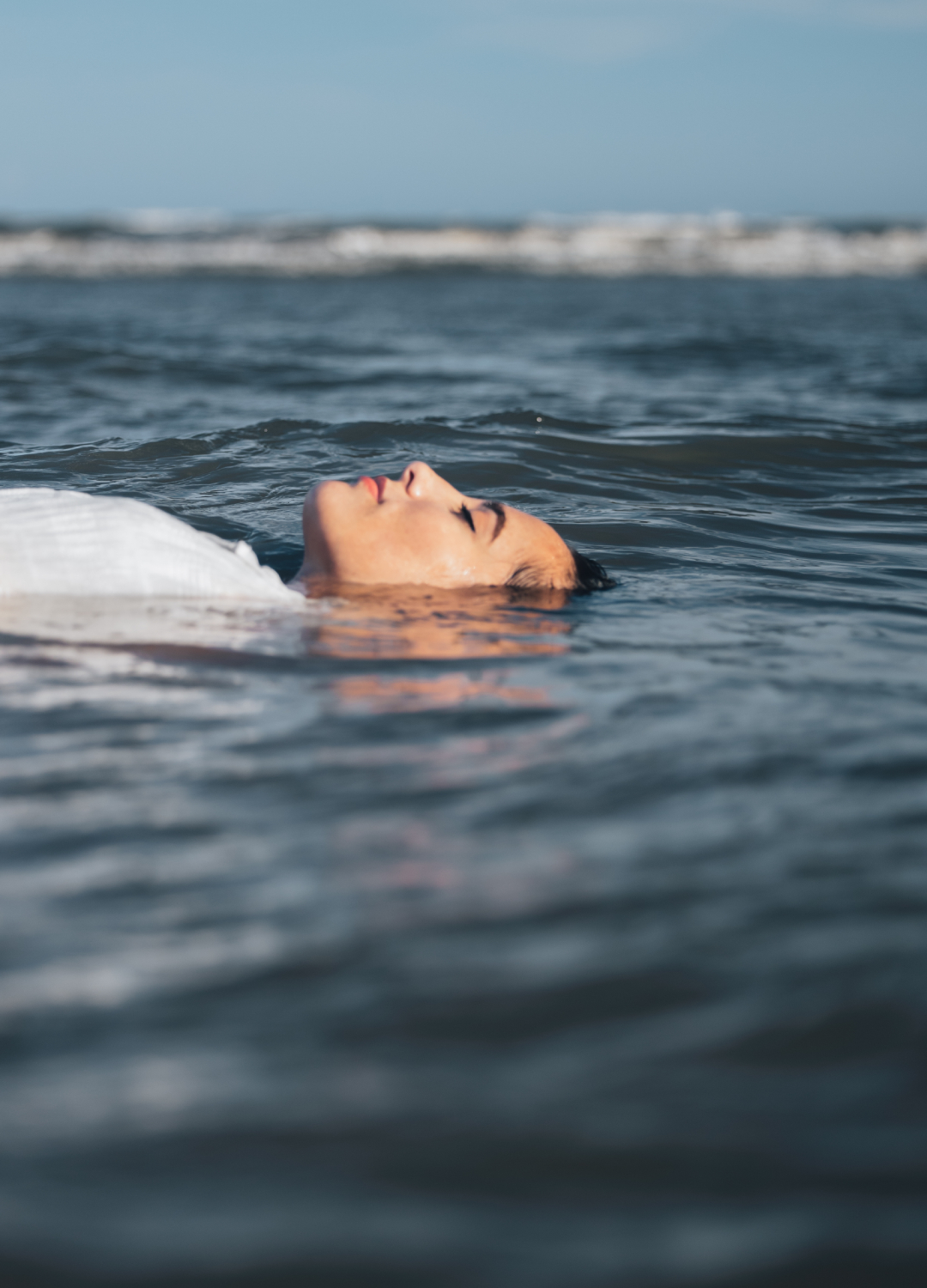
Not only can chlorine change the colour of your hair (in severe cases, changing it to a green shade), but it can also make the hair more brittle and dry, leading to damage. Rinse your hair with fresh water before swimming to help keep the chlorine water out, or opt for a hair product that forms a protective barrier like Philip Kingsley Swimcap.
25. Incorporate scalp massage into your routine
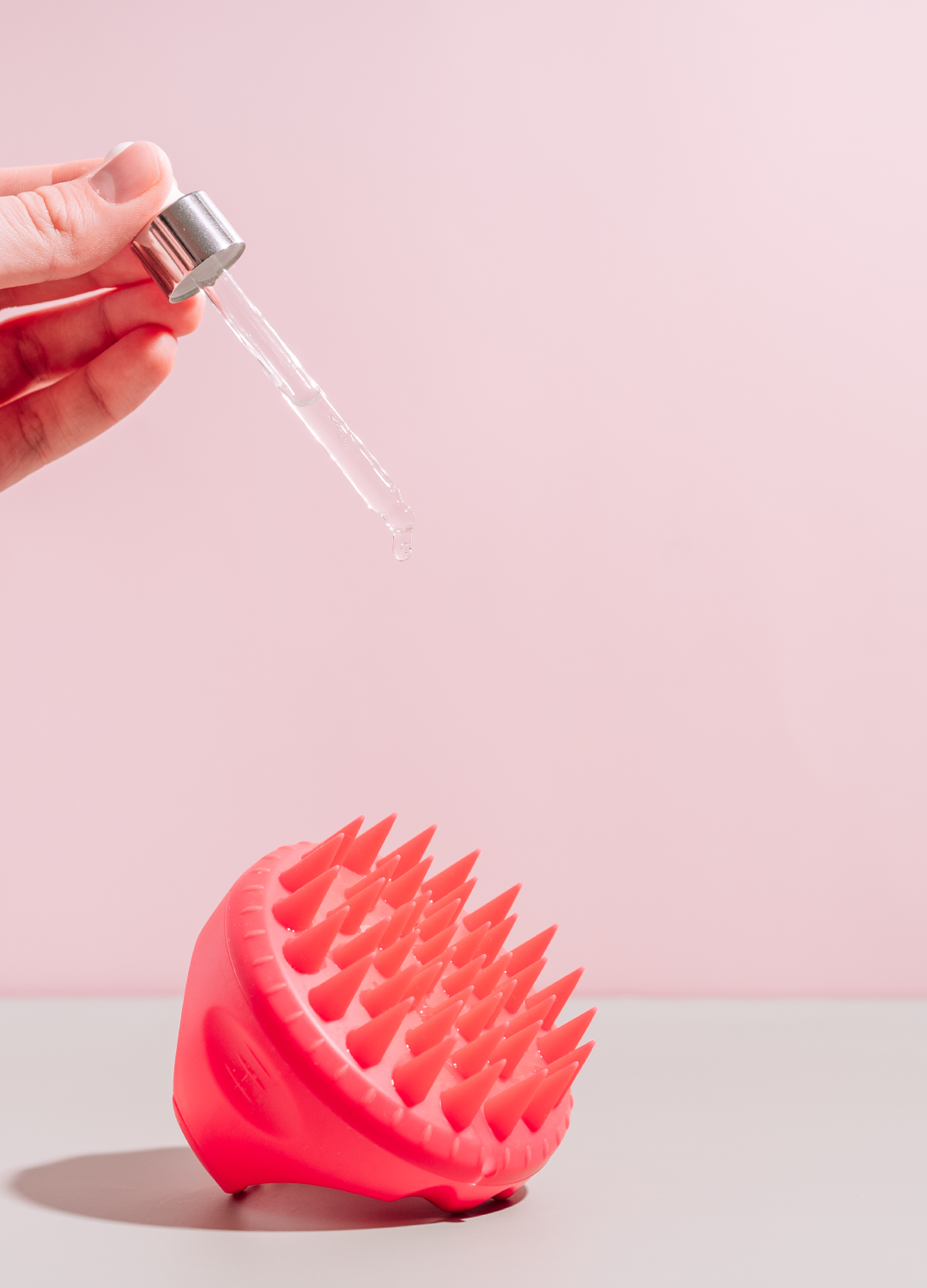
"Promoting optimal scalp circulation through regular scalp massages or treatments enhances nutrient delivery to hair follicles, supporting healthy hair growth and reducing the risk of thinning," trichologist Natalia Souza explains. Try massaging the scalp with your fingers or a silicon tool to promote circulation a few times a week.
26. Try a rice water rinse
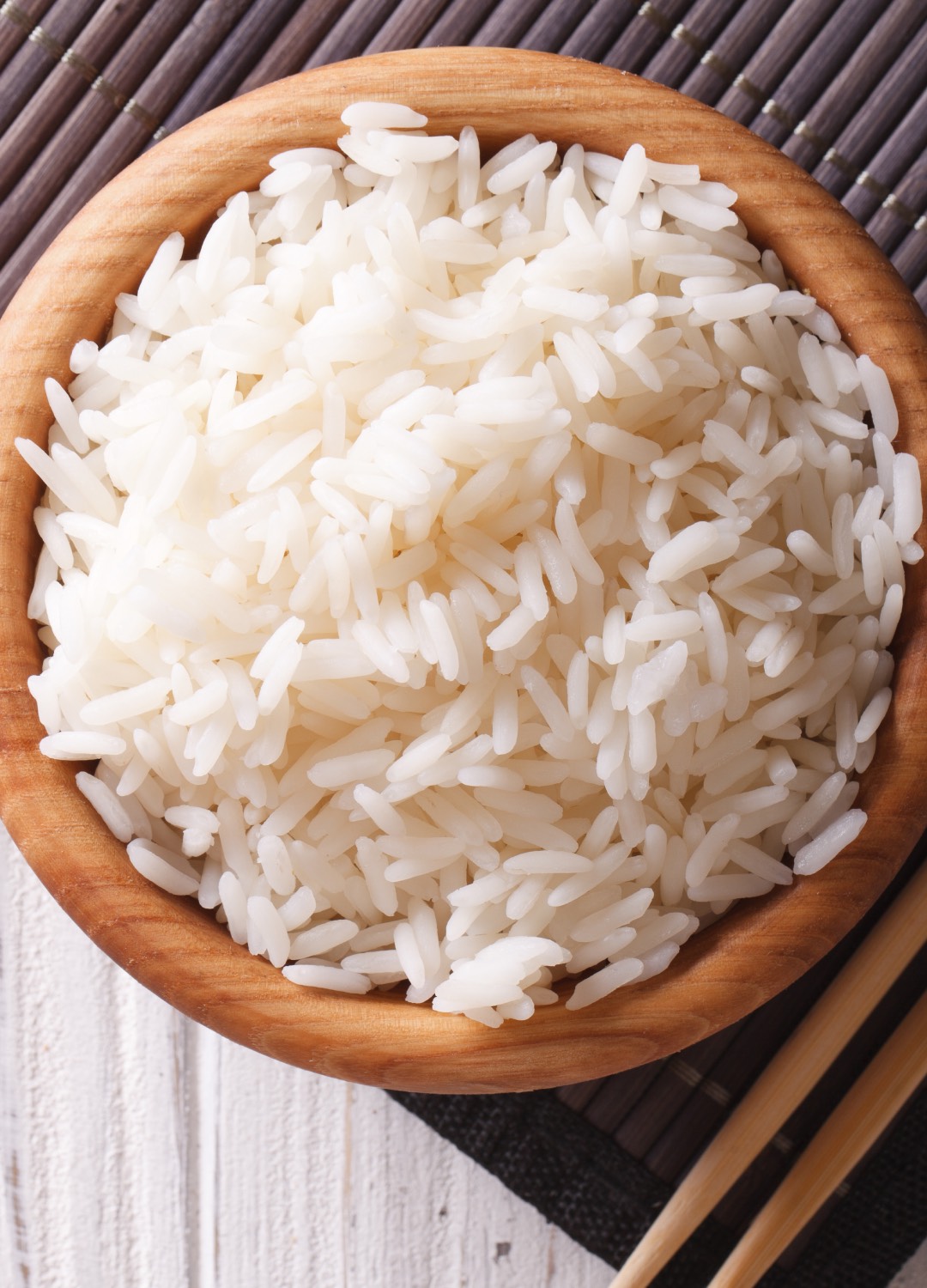
If your hair is damaged, try a weekly rice water rinse. Some scientific research suggests that the water left over after boiling rice benefits the skin and scalp due to an ingredient called inositol. While there's not much hard evidence, rice water is thought to help penetrate damaged hair and repair it from the inside, leading to smoother, softer hair in the long run.
27. Try to prevent hair getting tangled

Activities where the hair could become tangled, such as sport, swimming or driving with the windows open, tie the hair back into a ponytail or bun, or braid it to prevent it from becoming tangled. Smooth hair is much easier to manage and requires less brushing - which we know can damage hair if done in excess.
28. Go easy on the styling products

While heat protection and leave-in conditioner are beneficial for damaged hair, try to limit the use of other styling products like mousse and hair spray. "Overusing heavy styling products that clog pores or skipping regular scalp cleansing can exacerbate issues like dandruff, seborrheic dermatitis, or folliculitis, worsening overall scalp health," trichologist Natalia Souza tells us.
29. Don't go to bed with wet hair
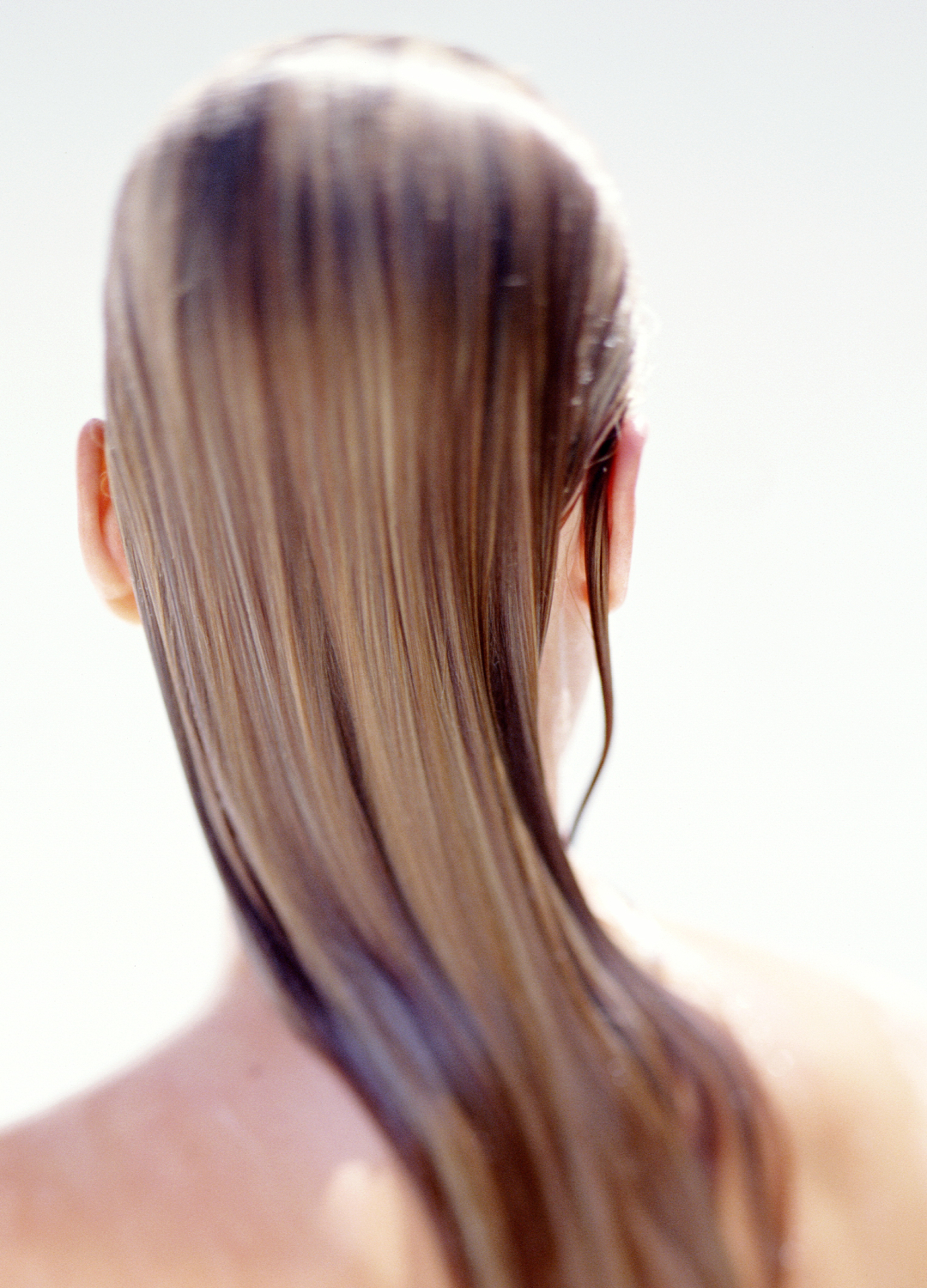
There's actually a very good reason why going to bed with wet hair is bad news for hair health. Trichologist Natalia Souza explains, "I wouldn’t recommend going to sleep with wet hair as this can promote an appealing environment to fungus. But otherwise, air drying the hair prevents heat damage from the hair drier."
30. Try an apple cider vinegar rinse

Different hair products, particularly shampoo and conditioner, can affect the hair's PH levels. When pH levels are too high, it can lead to frizzy and dull hair. Apple cider vinegar is known to help restore the pH balance in your hair and scalp, and anecdotal evidence suggests it helps to boost shine.
31. Add oil after conditioner to lock in moisture
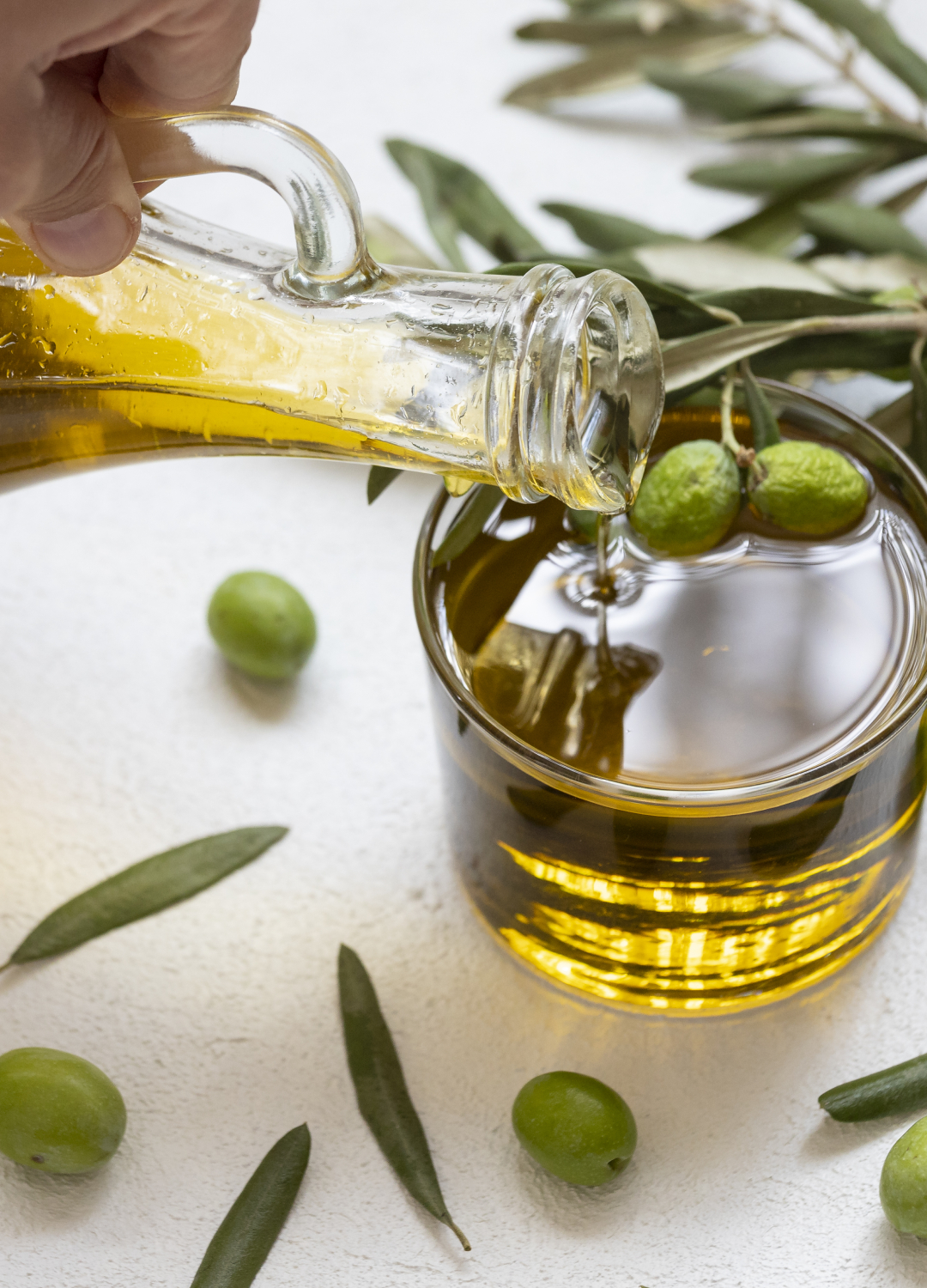
Sometimes conditioner alone isn't enough and a nourishing oil on the ends of the hair can help to lock in moisture and protect the hair while styling. The 'soak and smear' approach involves blotting the hair dry after applying leave-in conditioner and then smoothing oil through the lengths and ends - a great routine for anyone suffering from dry frizzy ends.
32. Invest in a silk pillowcase
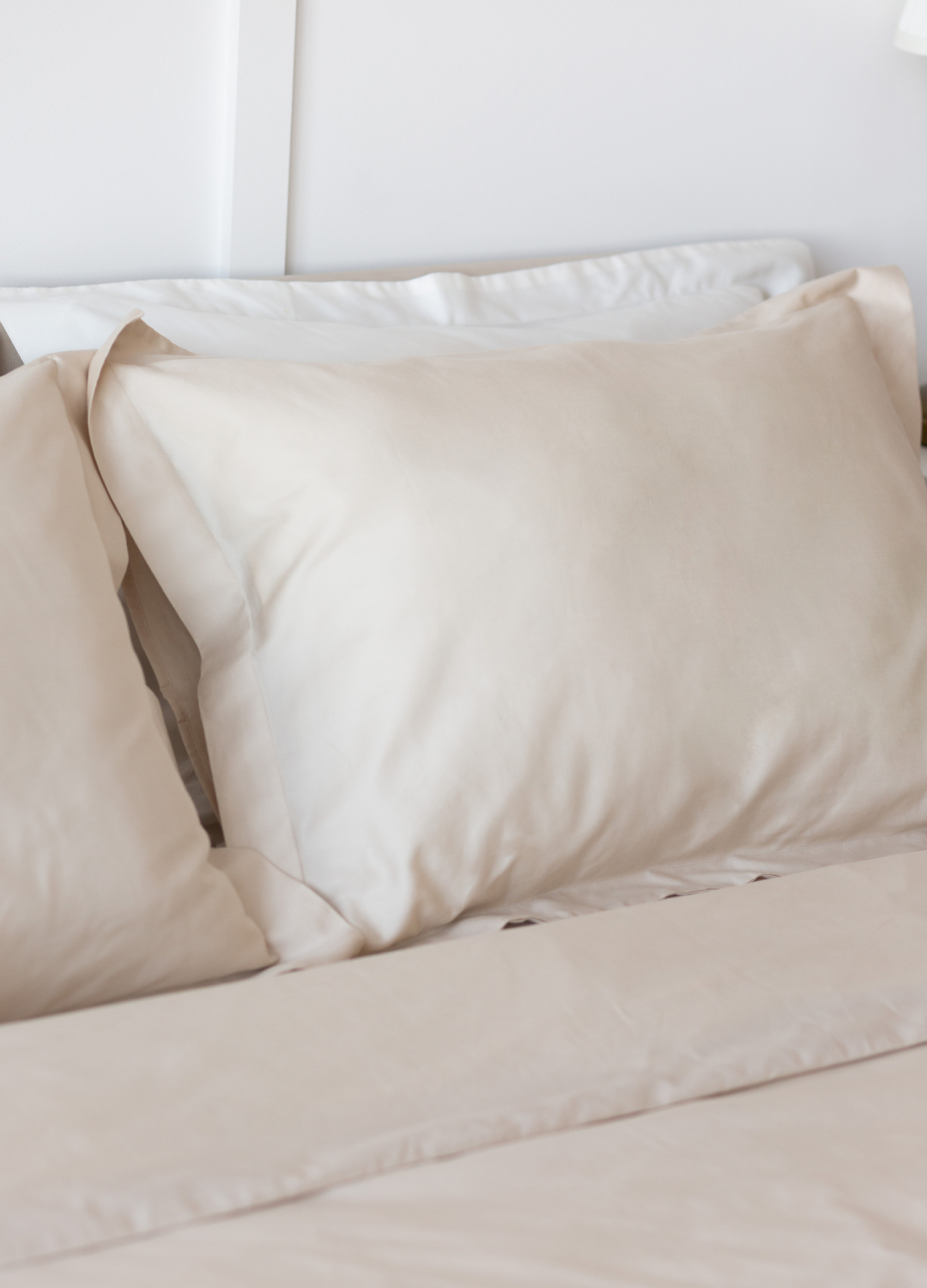
A silk pillowcase is good news for both the skin and the hair, as it reduces friction compared to materials like cotton or linen. It's also less porous, meaning the hair is more likely to retain its natural oils while you sleep. Mulberry silk is widely thought of as the best silk for pillowcases due to its long fibres and high quality.
Lauren is the former Deputy Digital Editor at woman&home and became a journalist mainly because she enjoys being nosy. With a background in features journalism, Lauren worked on the woman&home brand for four years before going freelance. Before woman&home Lauren worked across a variety of women's lifestyle titles, including GoodTo, Woman's Own, and Woman magazine.
-
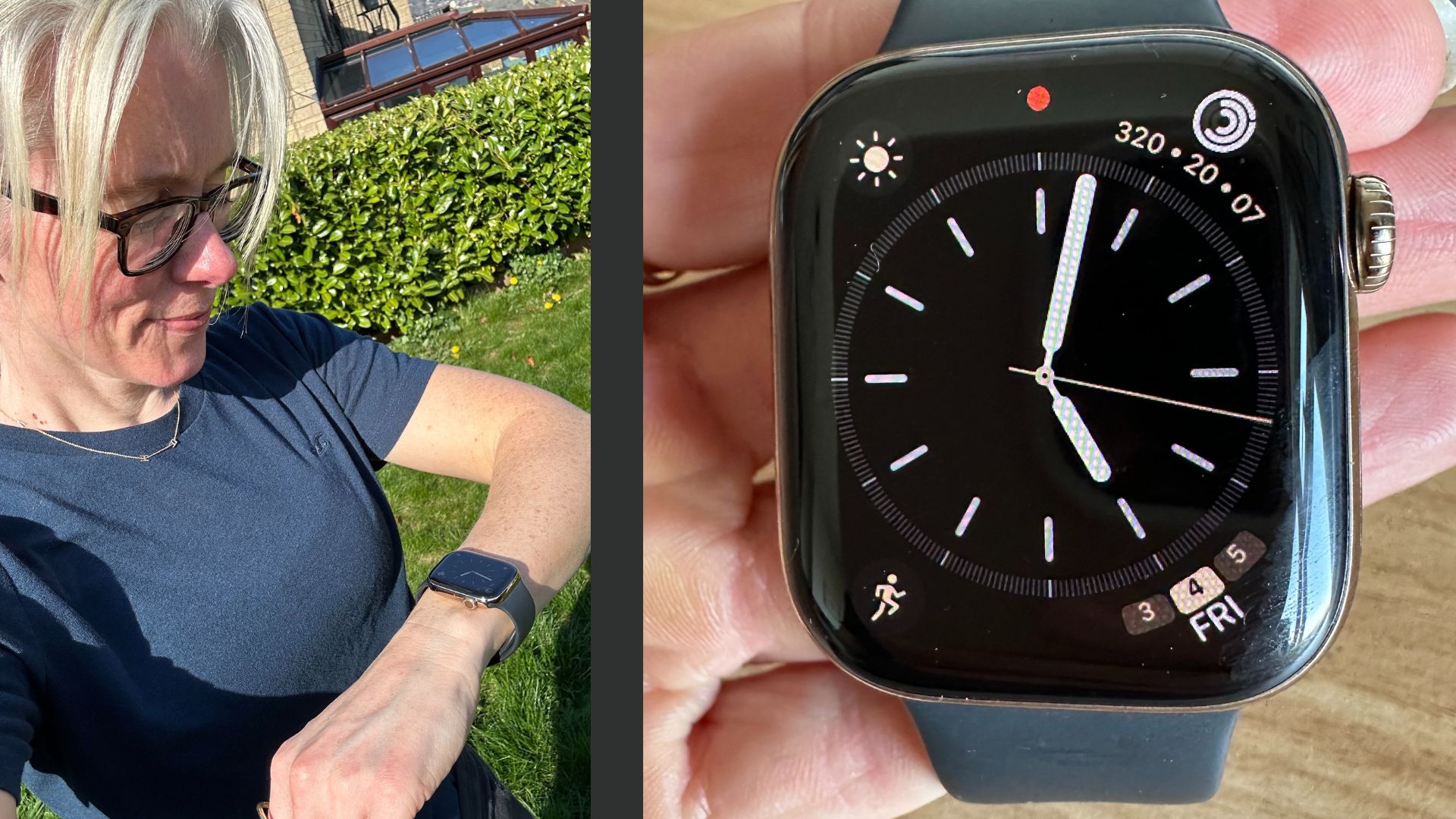 Forget fitness tracking, the Apple Watch Series 10 helps ease my mental load like nothing else
Forget fitness tracking, the Apple Watch Series 10 helps ease my mental load like nothing elseThere are so many ways the Apple Watch Series 10 adds value to everyday life, I just wish the battery lasted a bit longer
By Kerrie Hughes Published
-
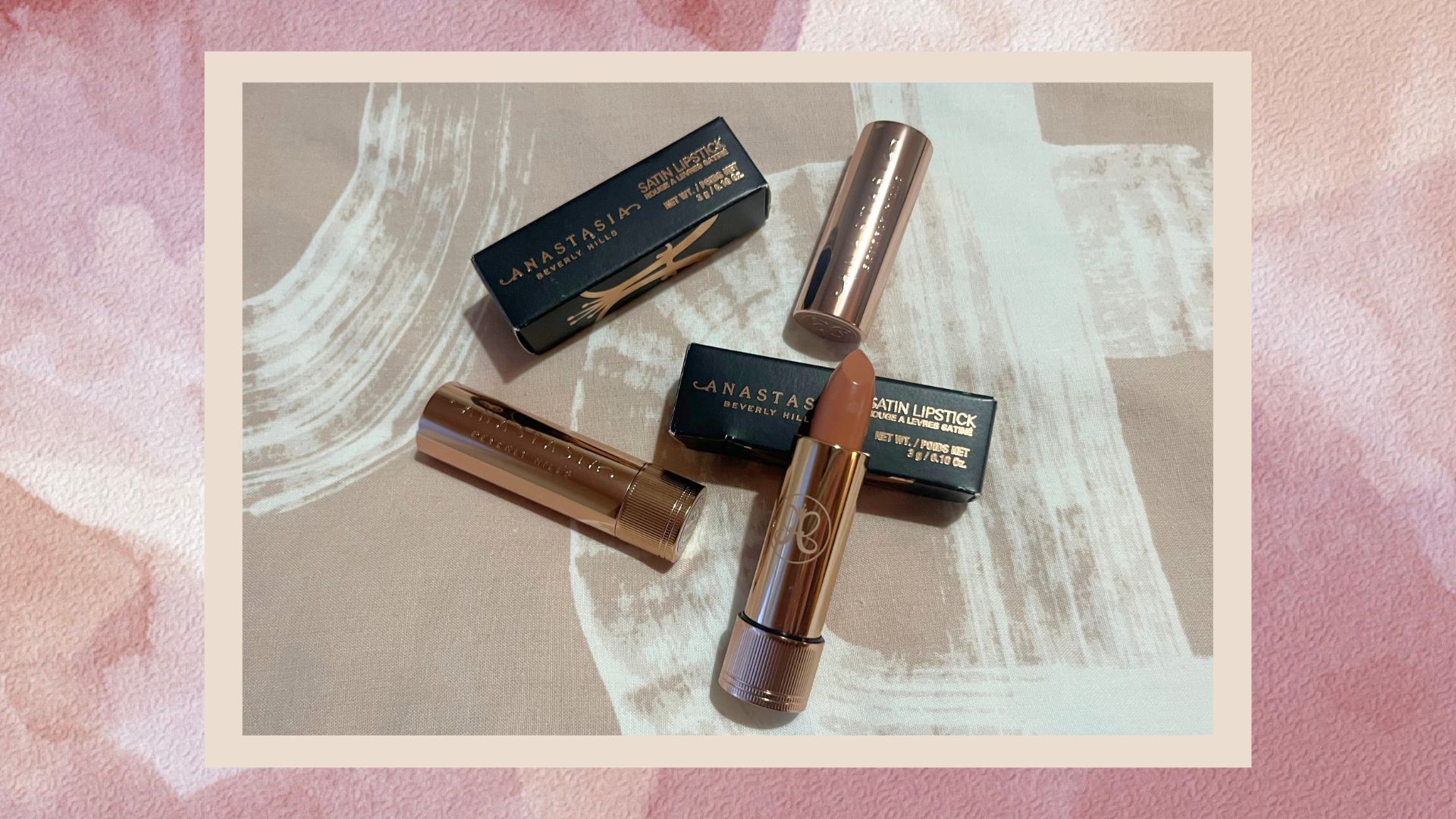 Whenever I wear this lipstick, I'm asked what shade it is - I think I've found the perfect nude
Whenever I wear this lipstick, I'm asked what shade it is - I think I've found the perfect nudeAfter years of searching, our beauty writer reveals the butter-soft pink-brown lipstick she wears every single day
By Annie Milroy Published
